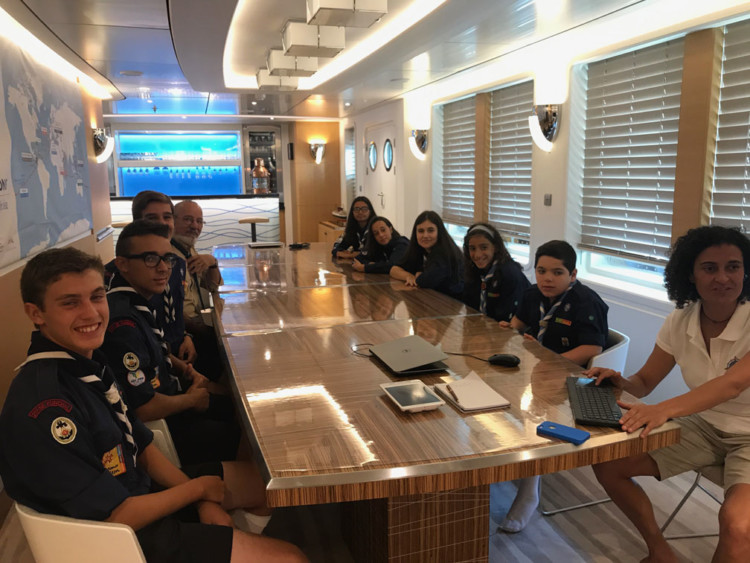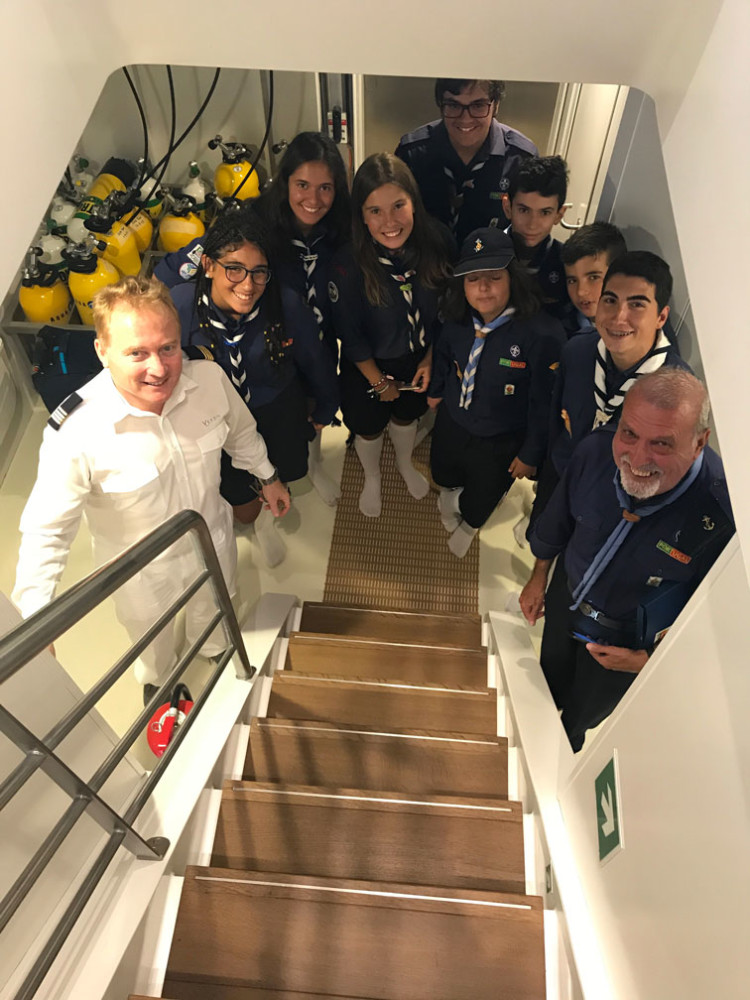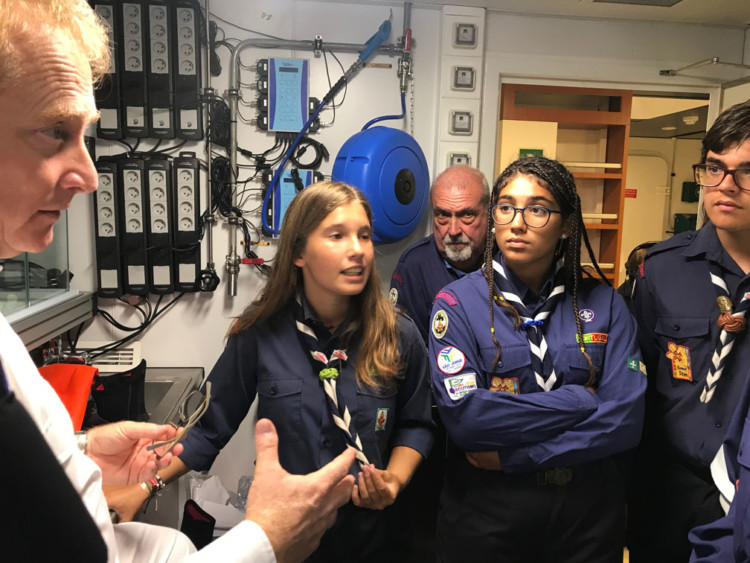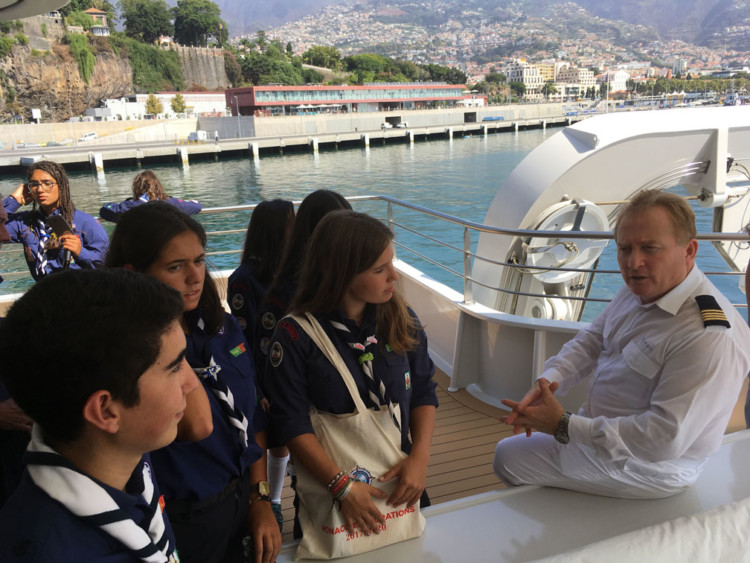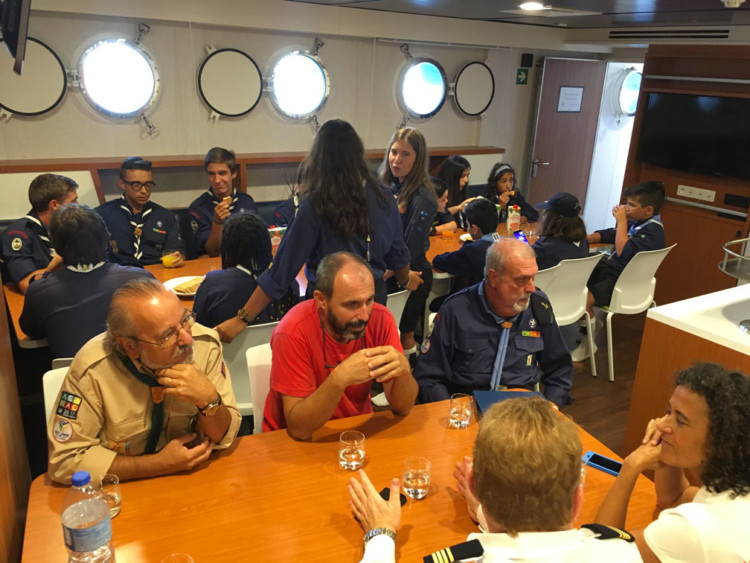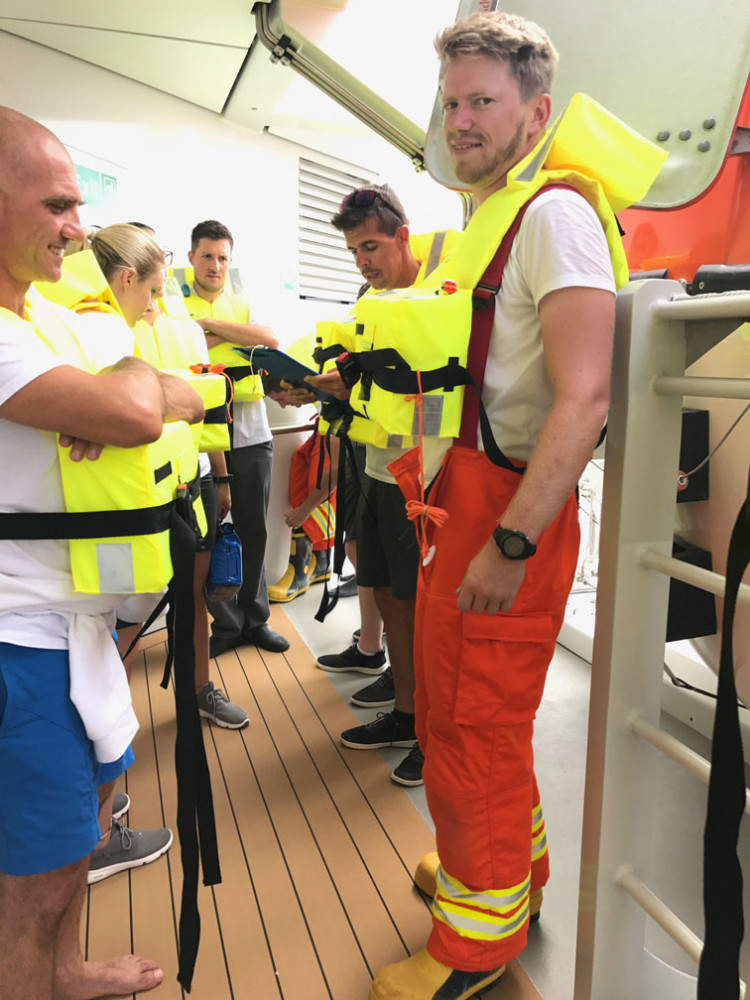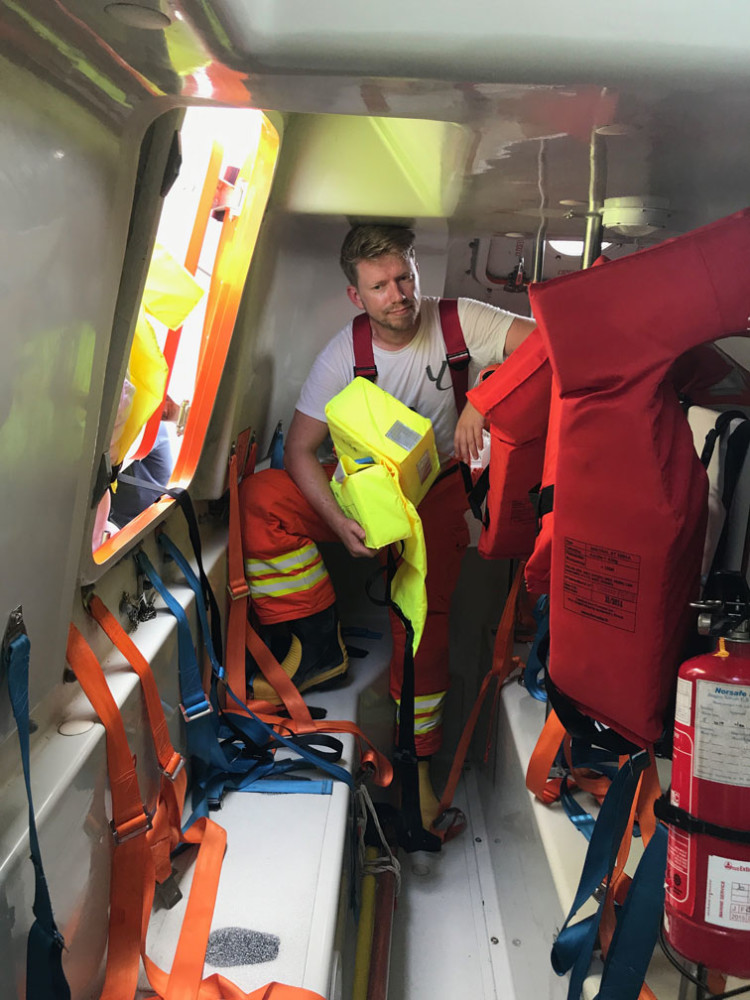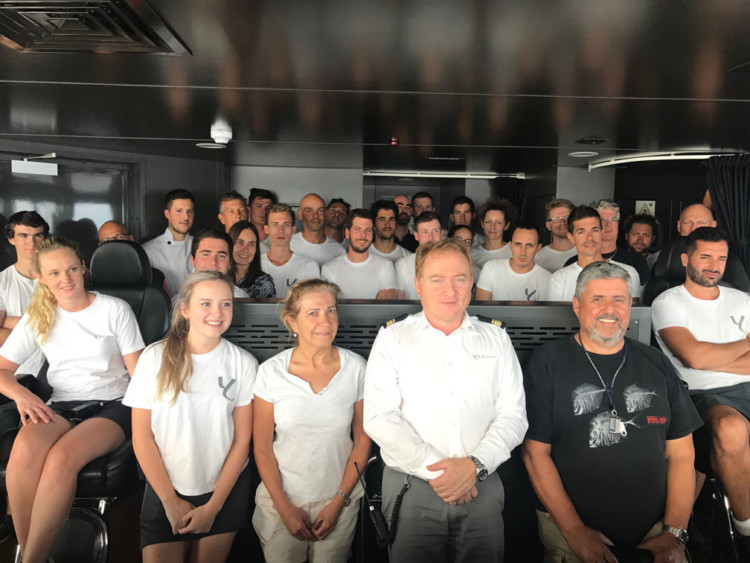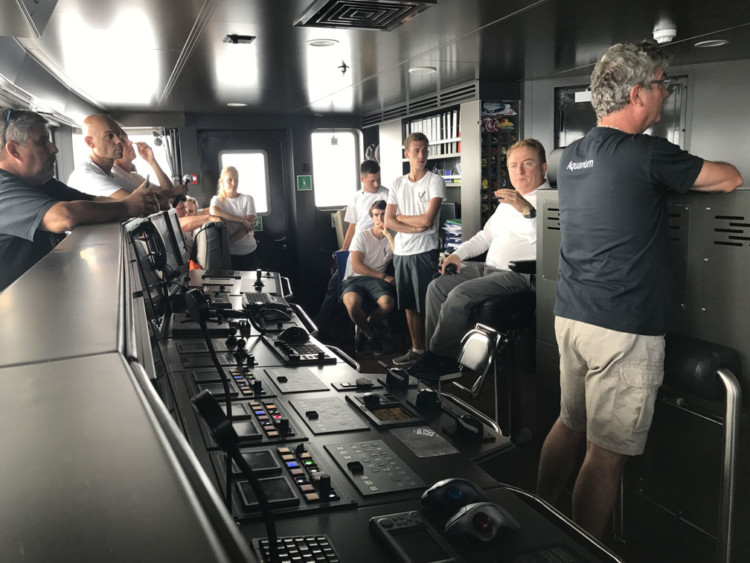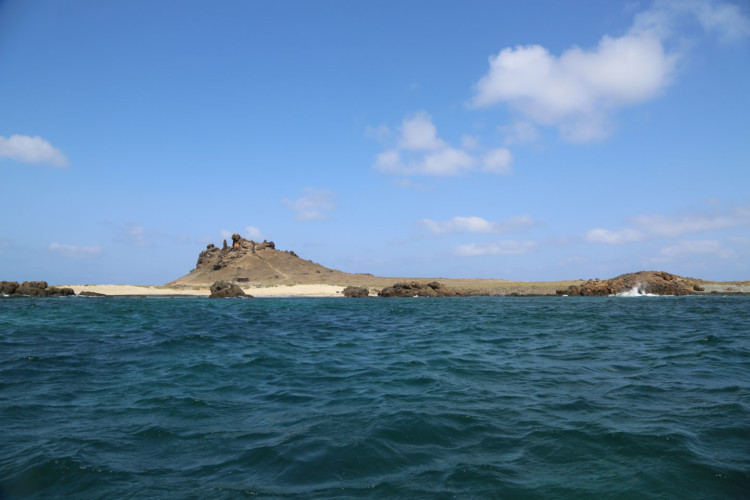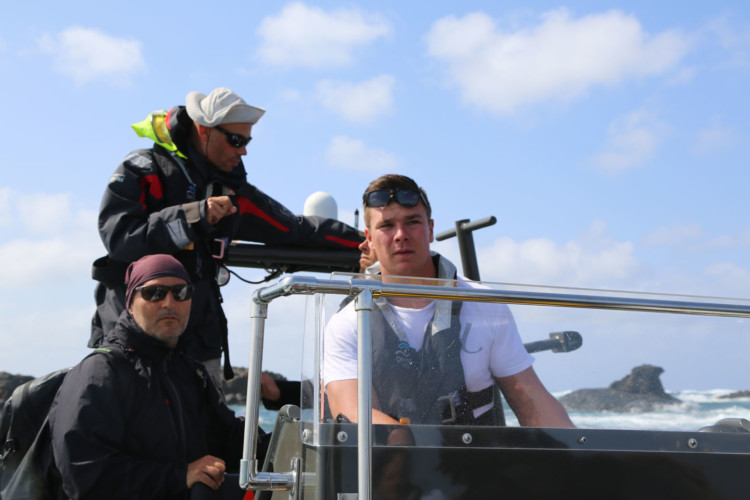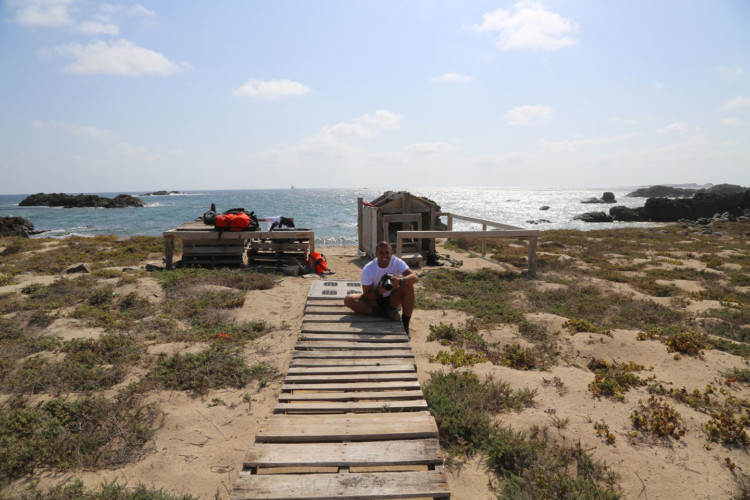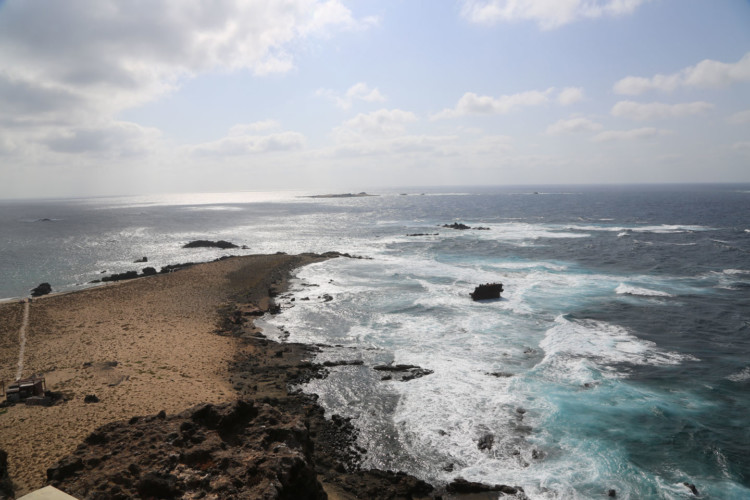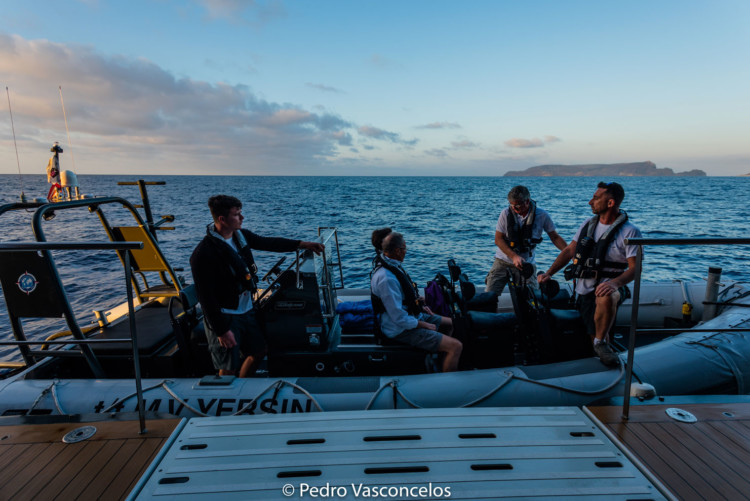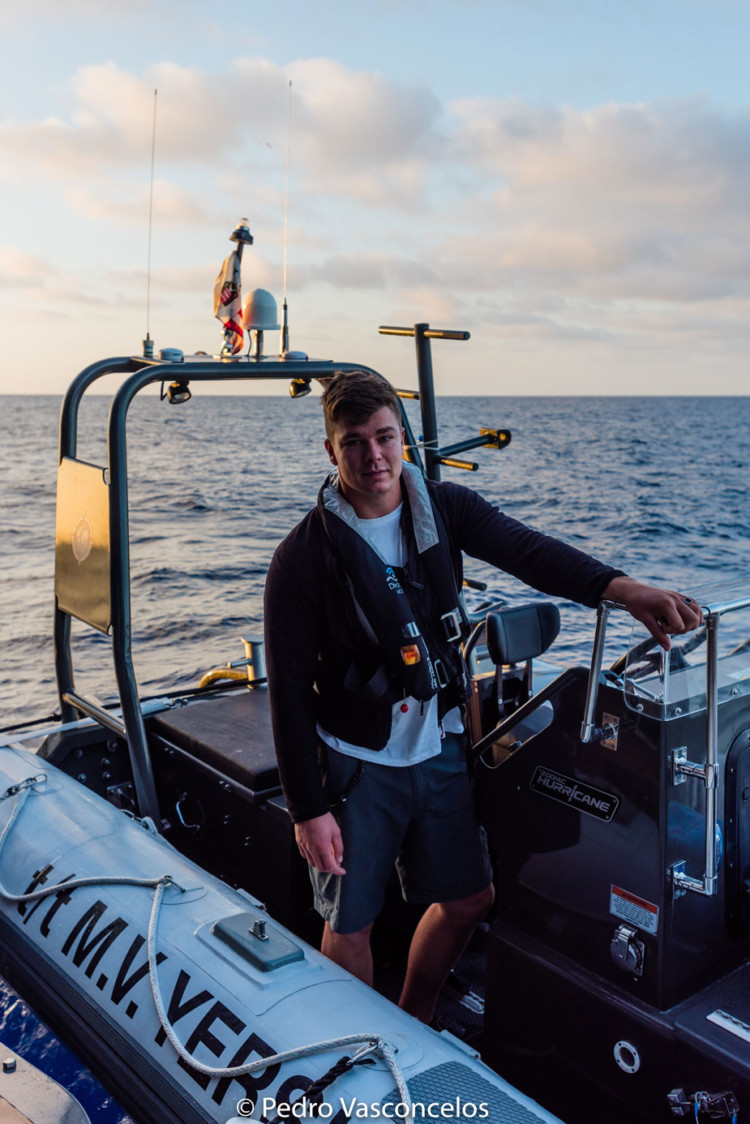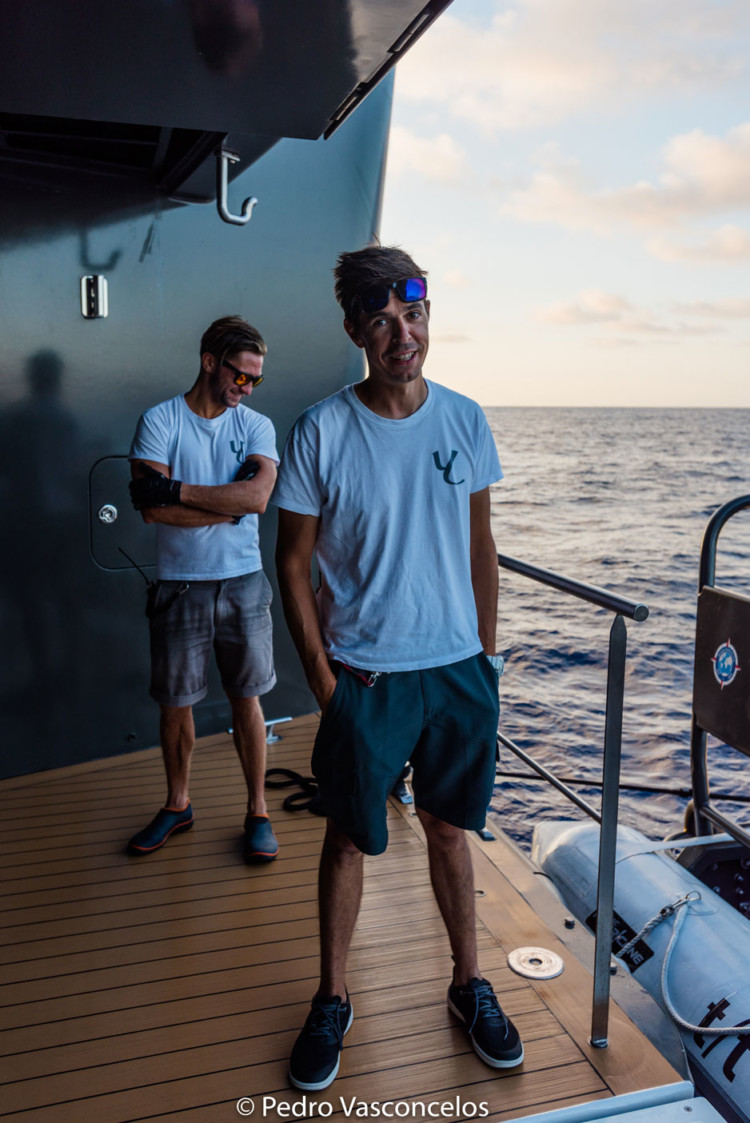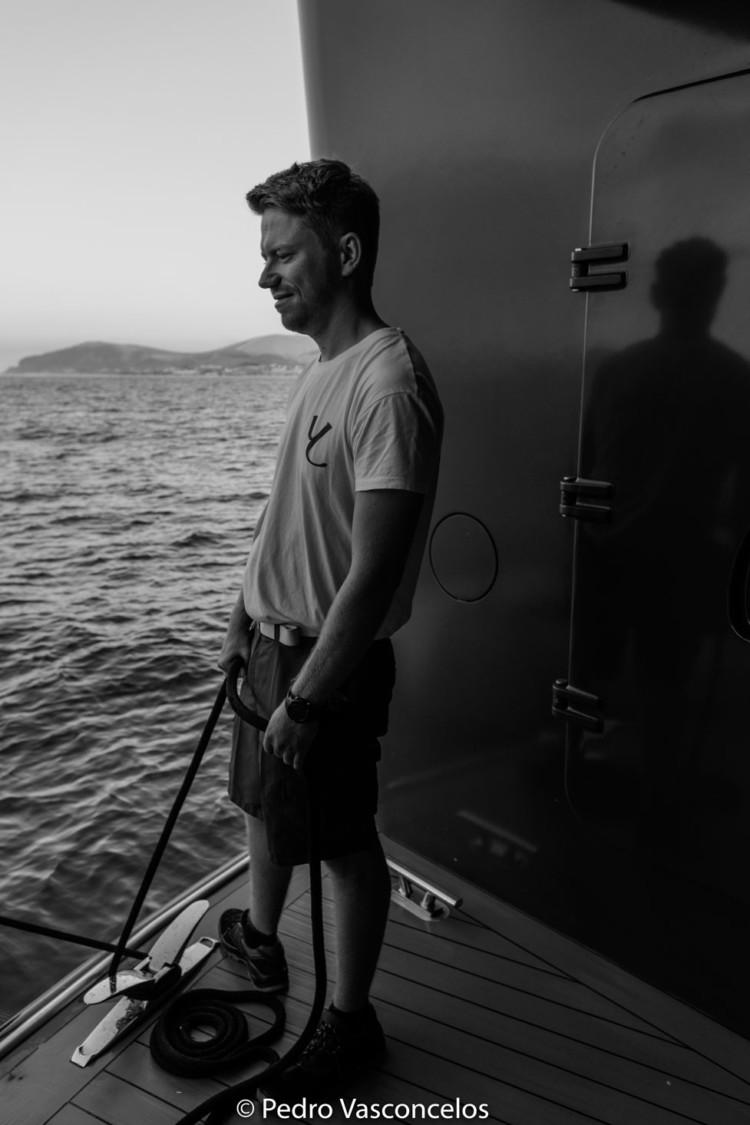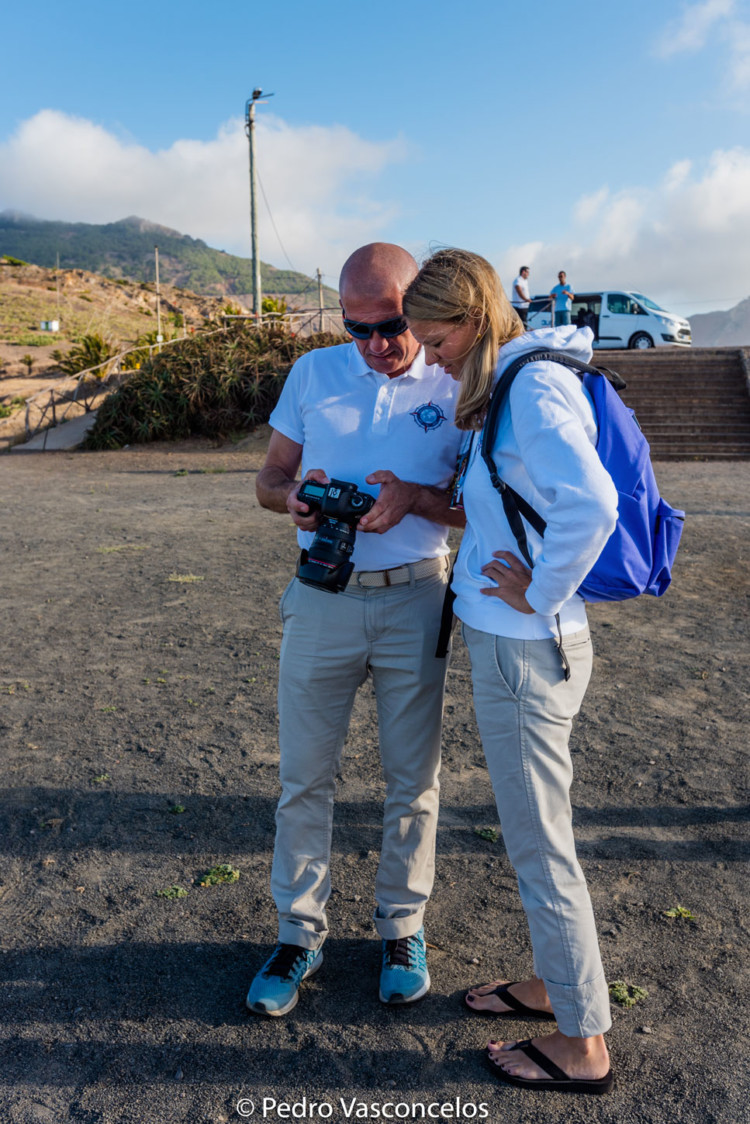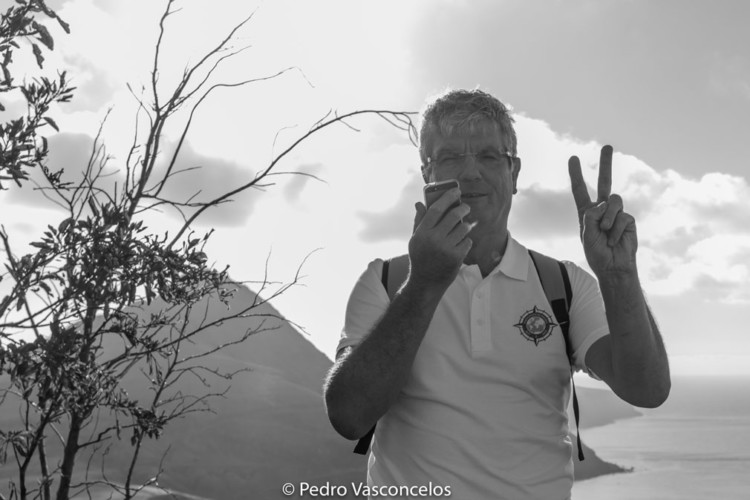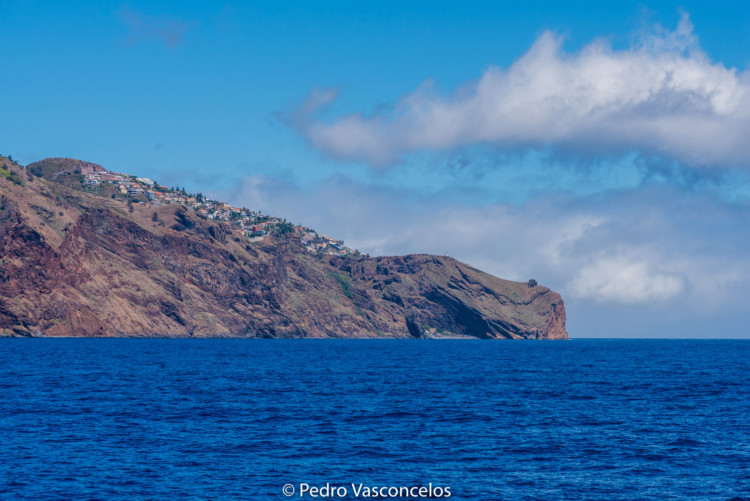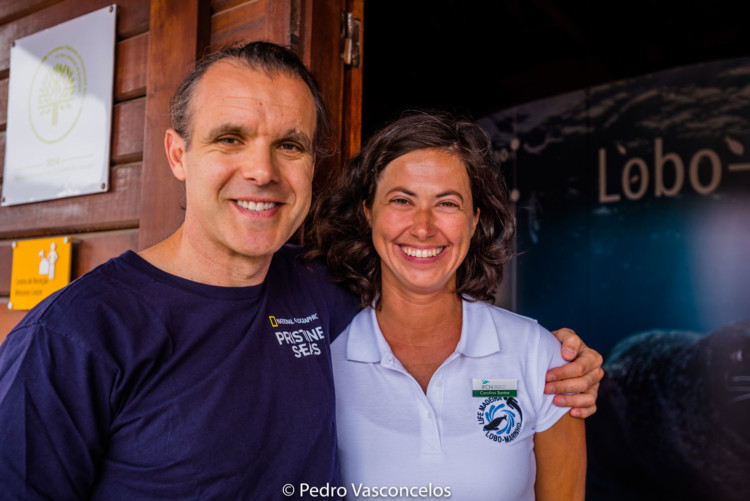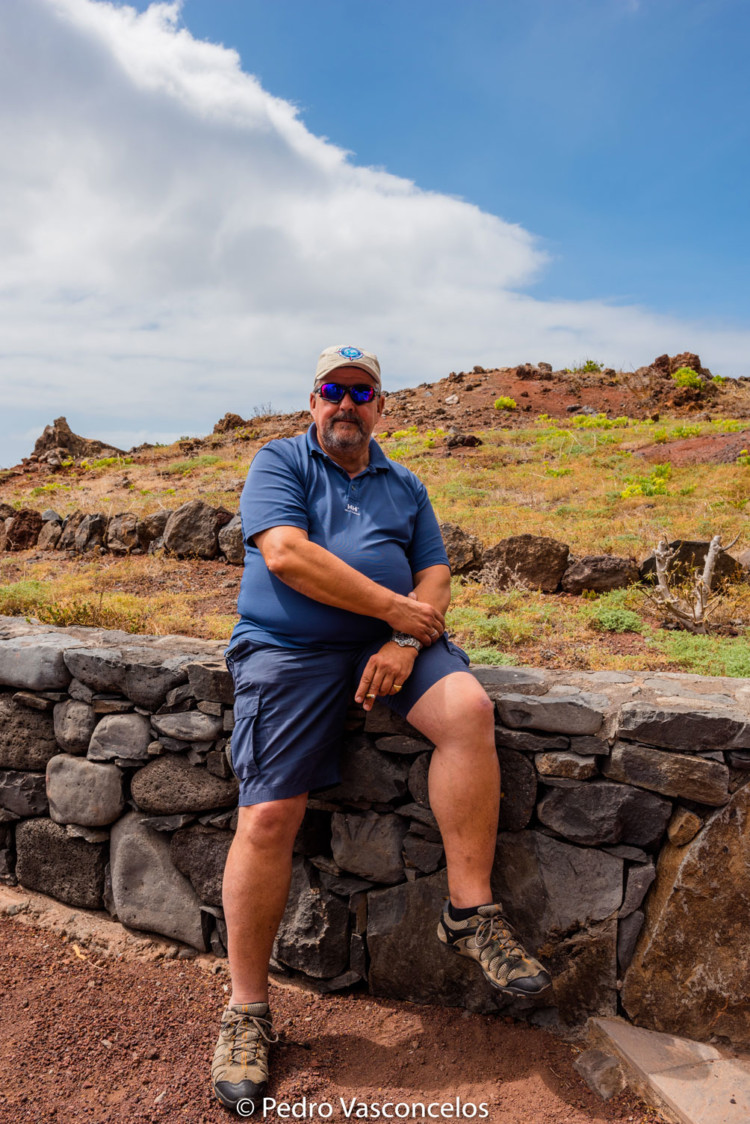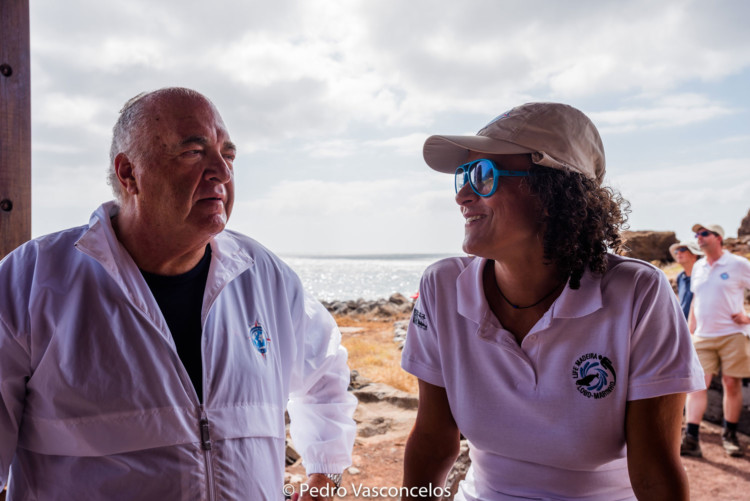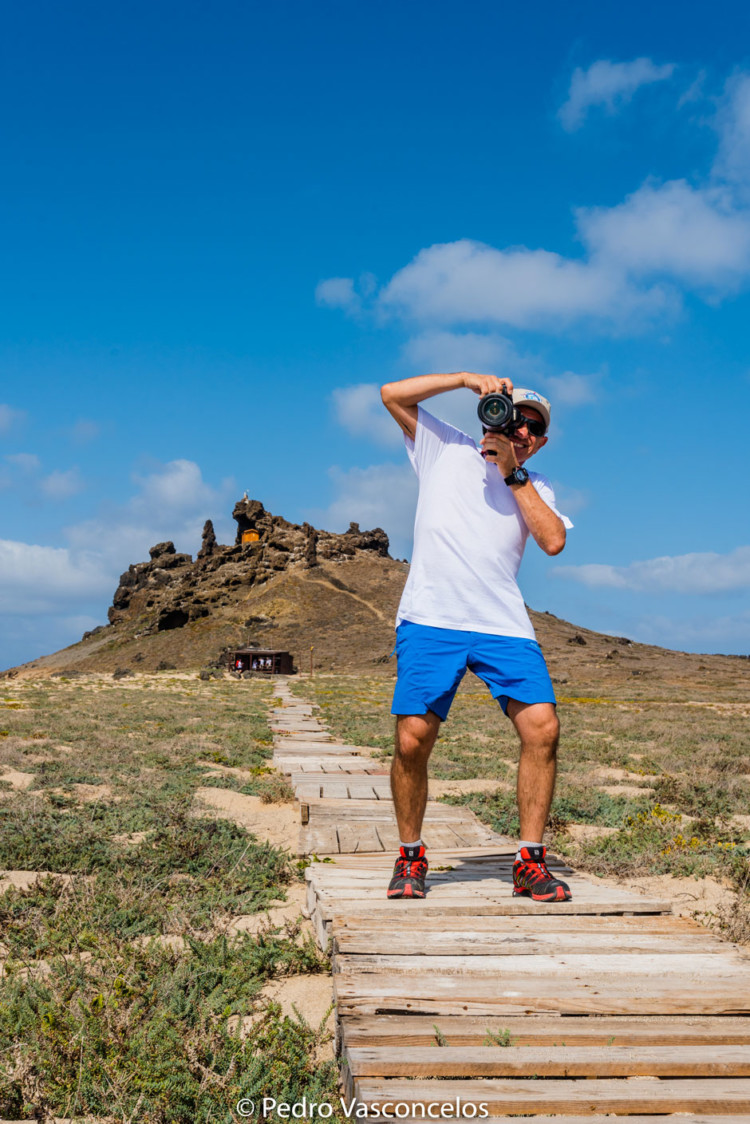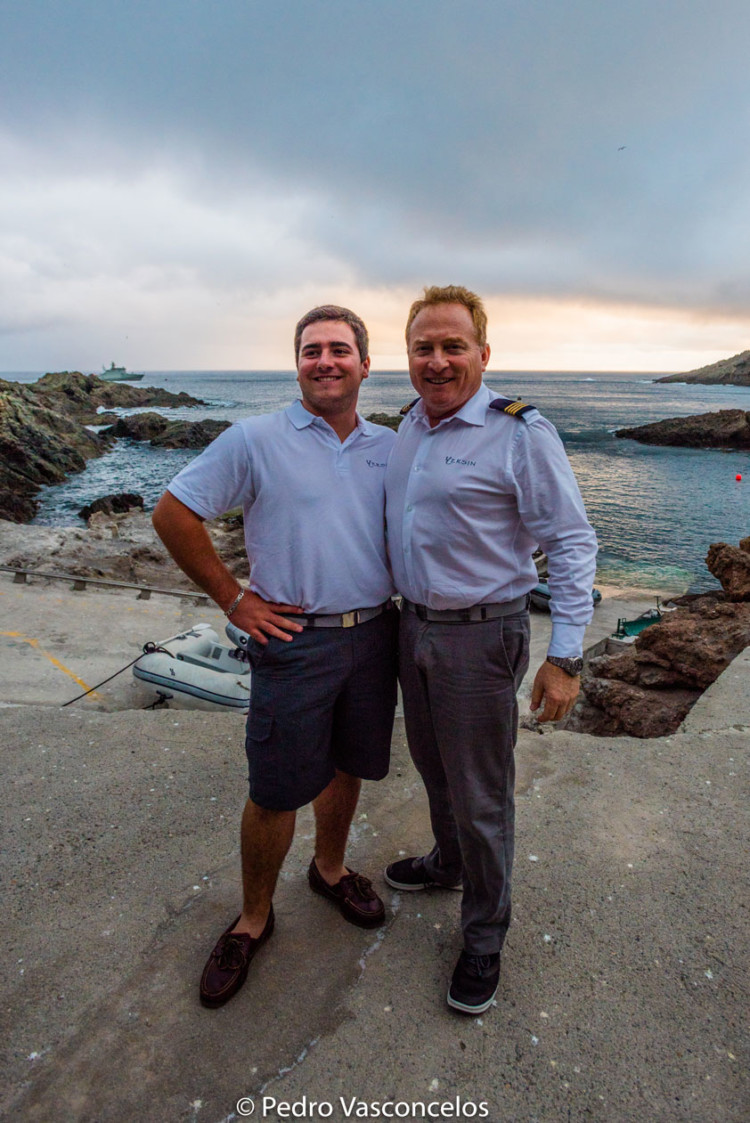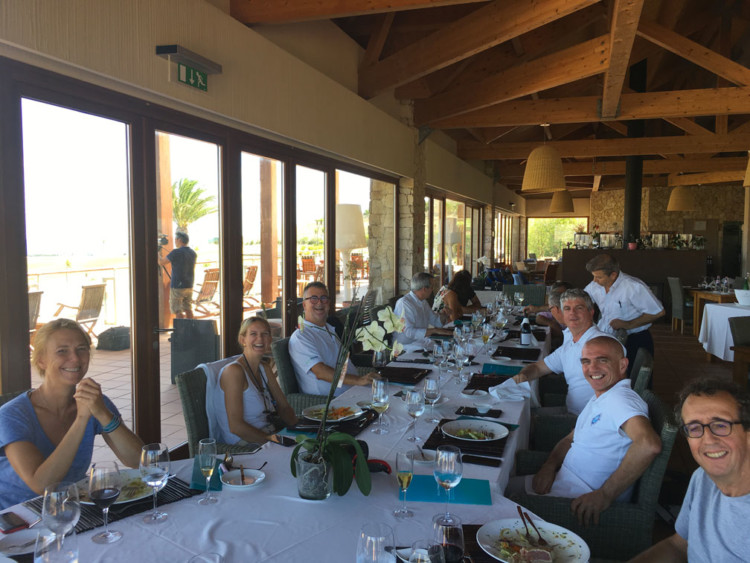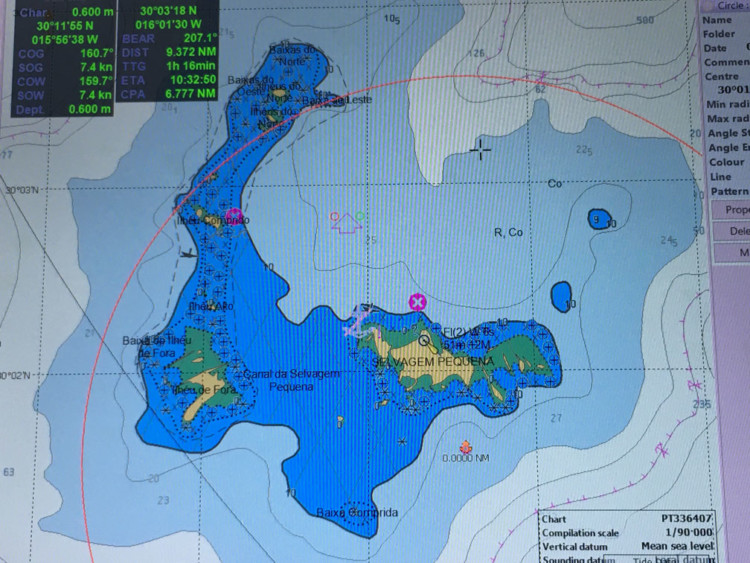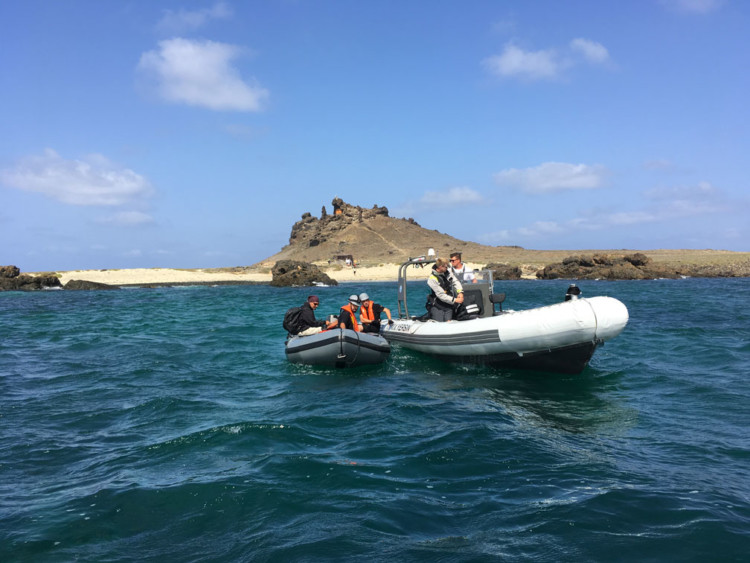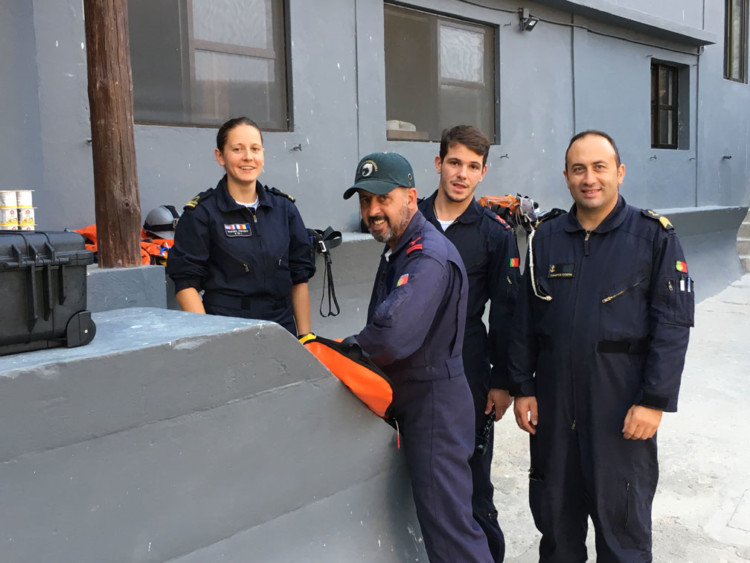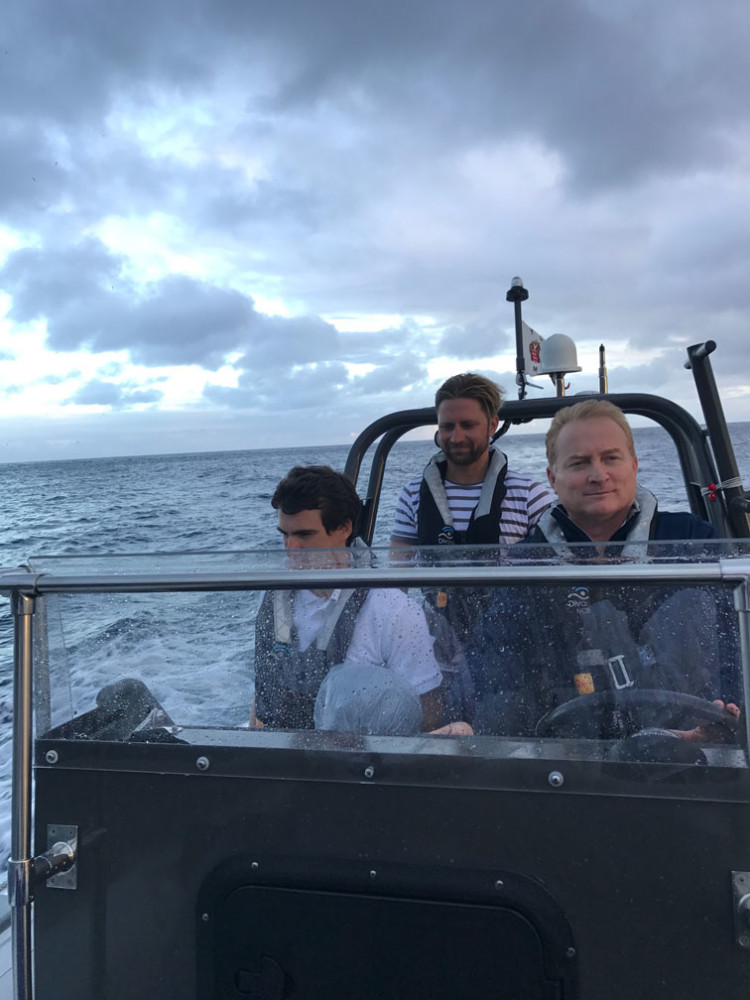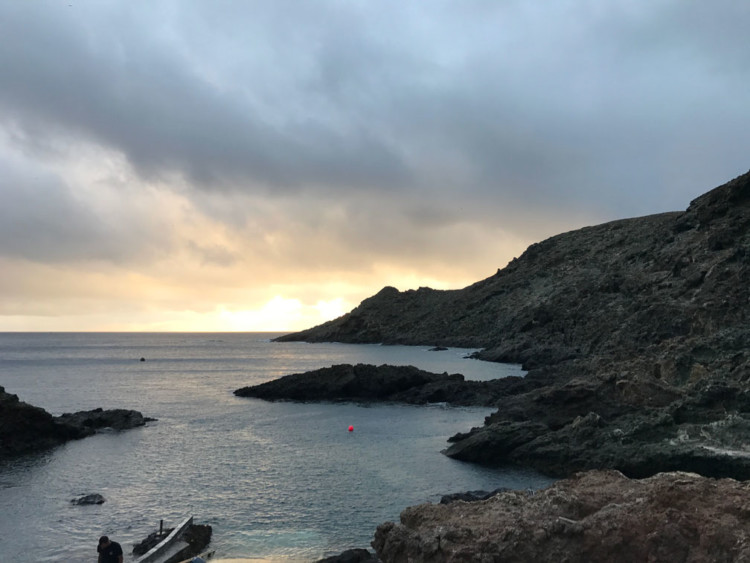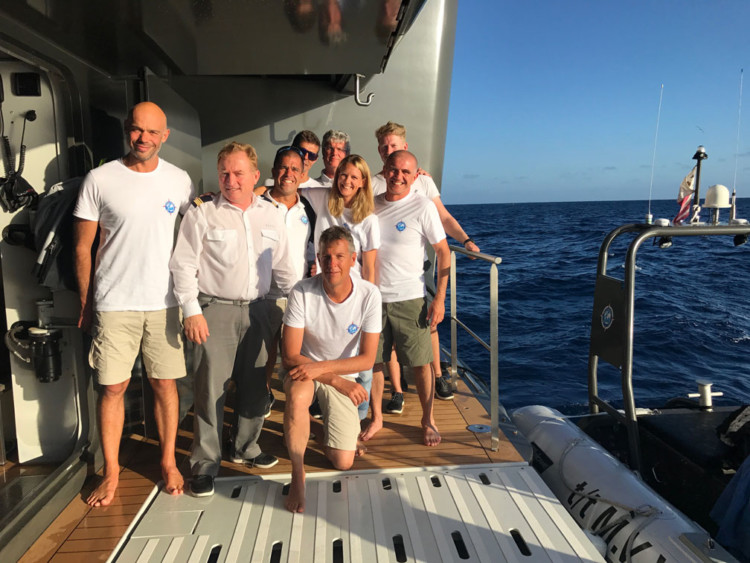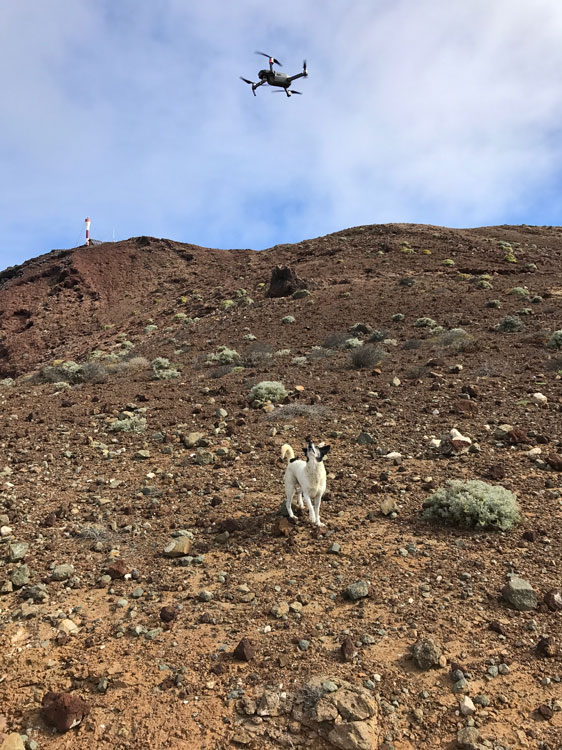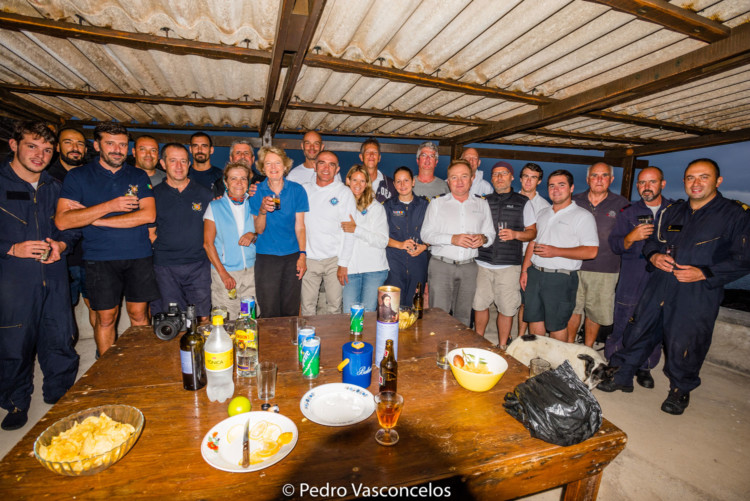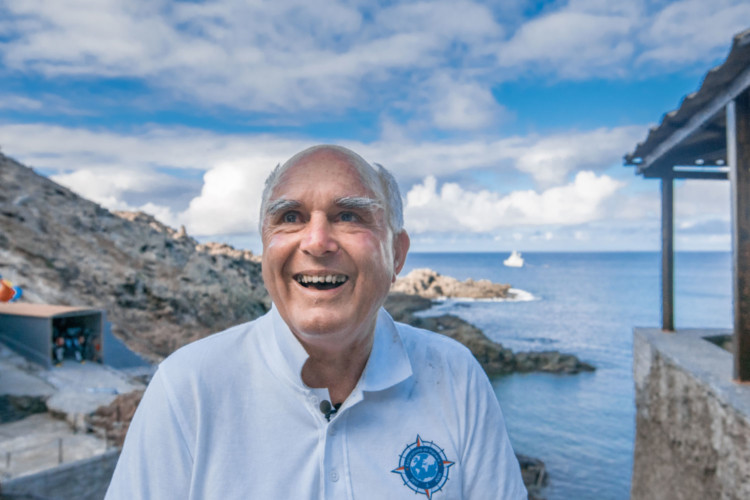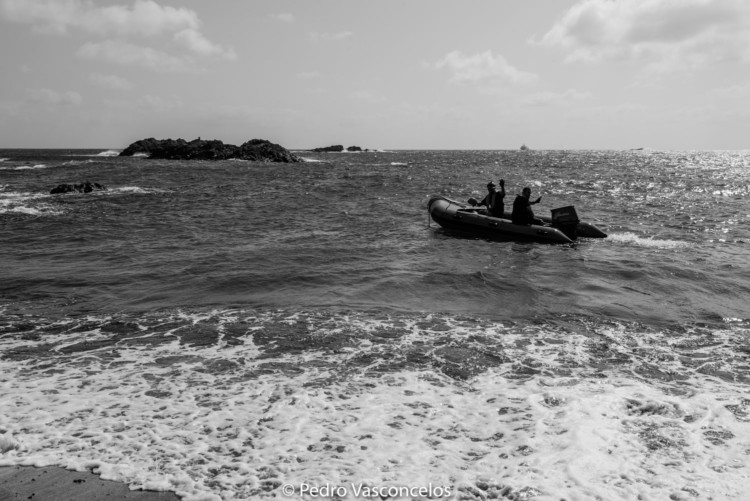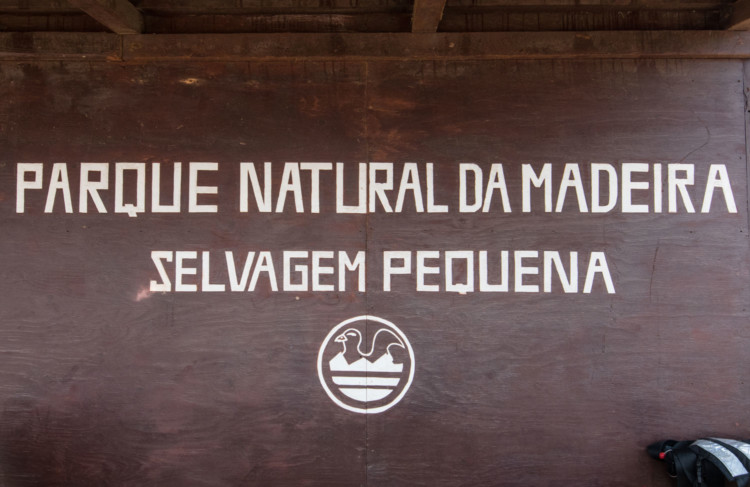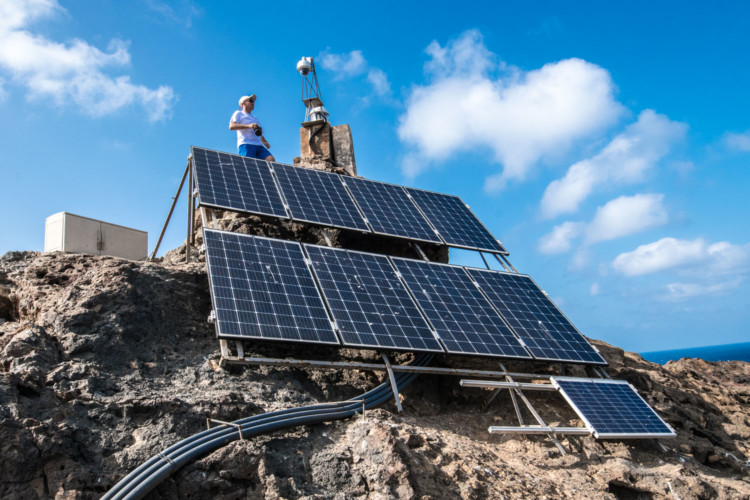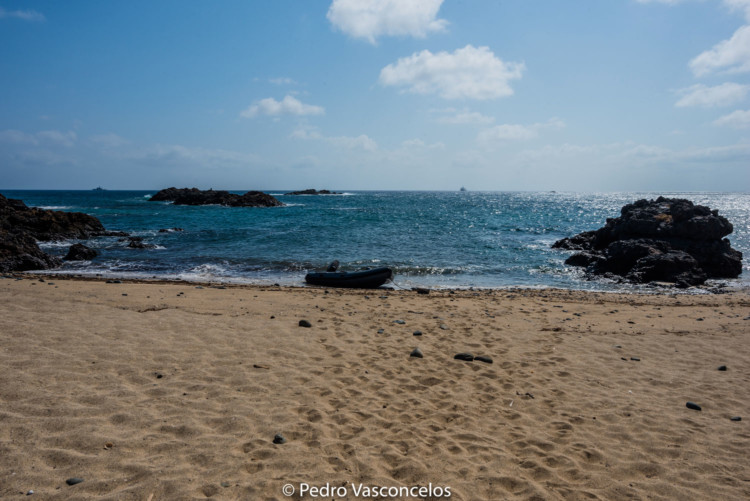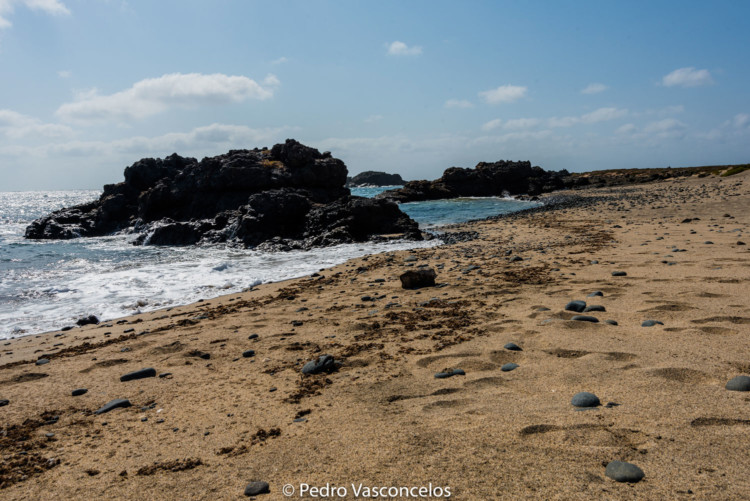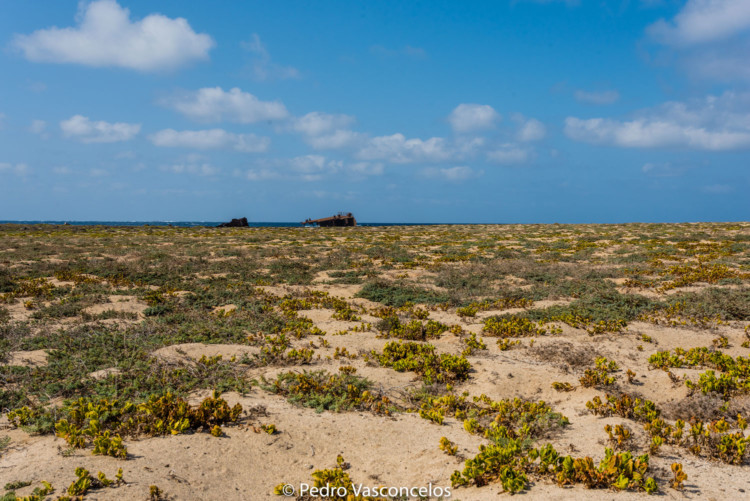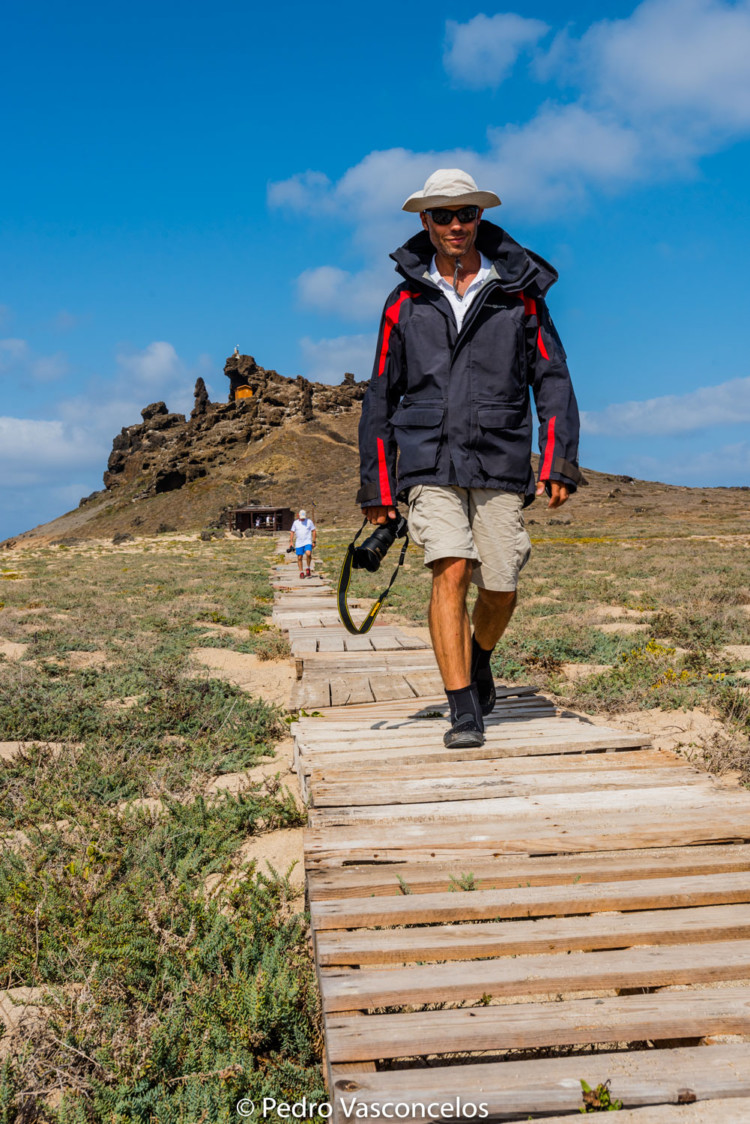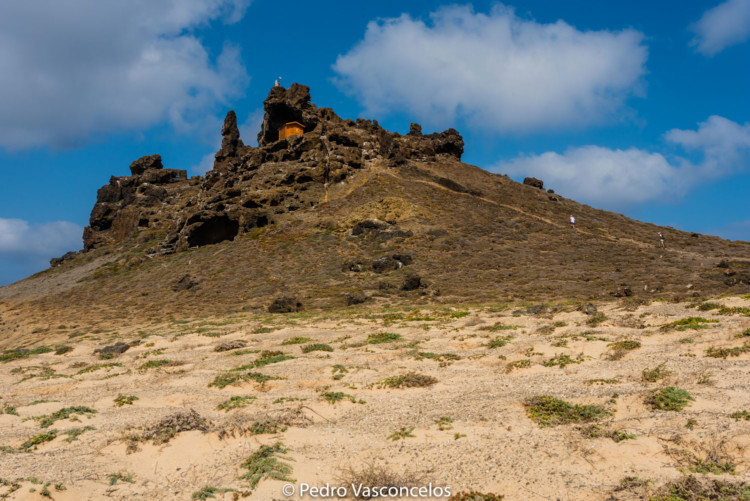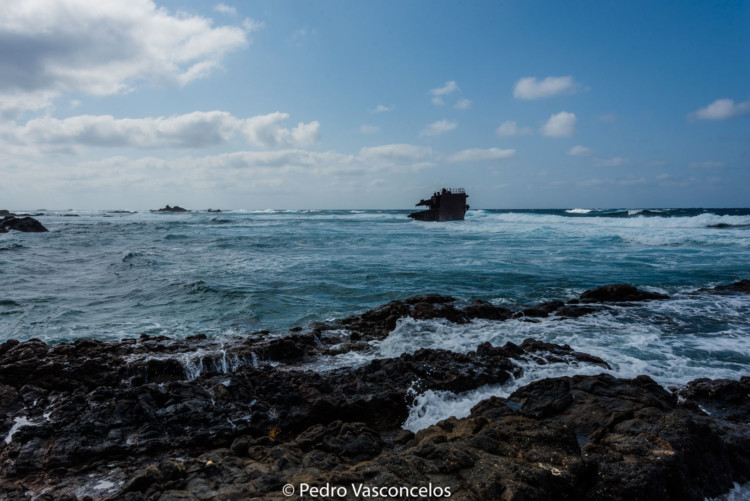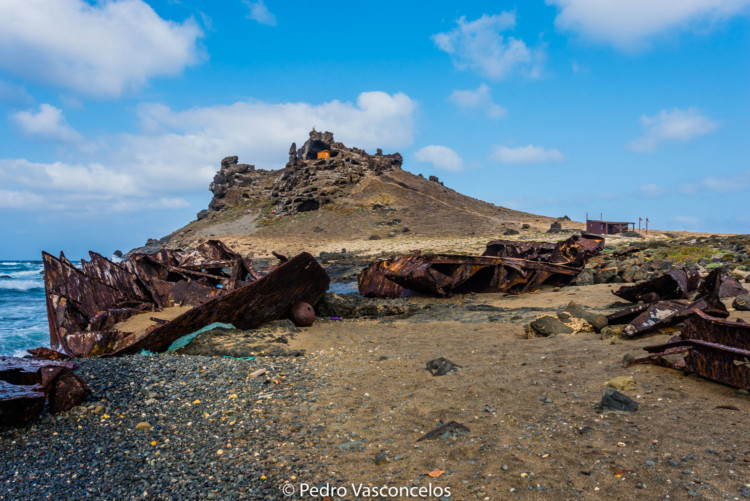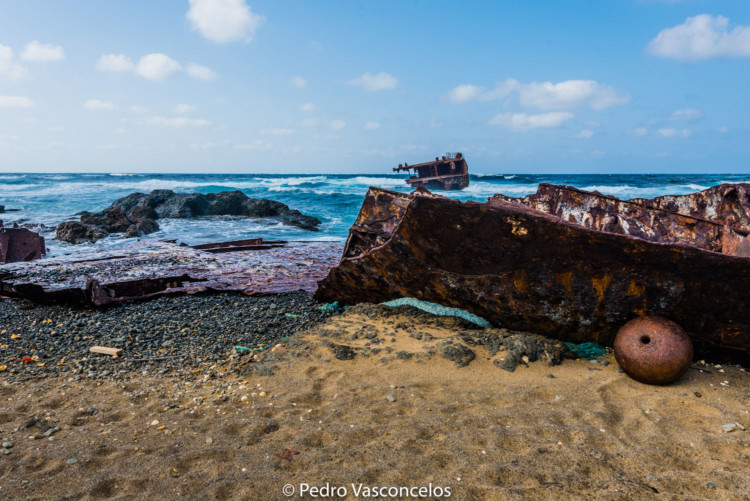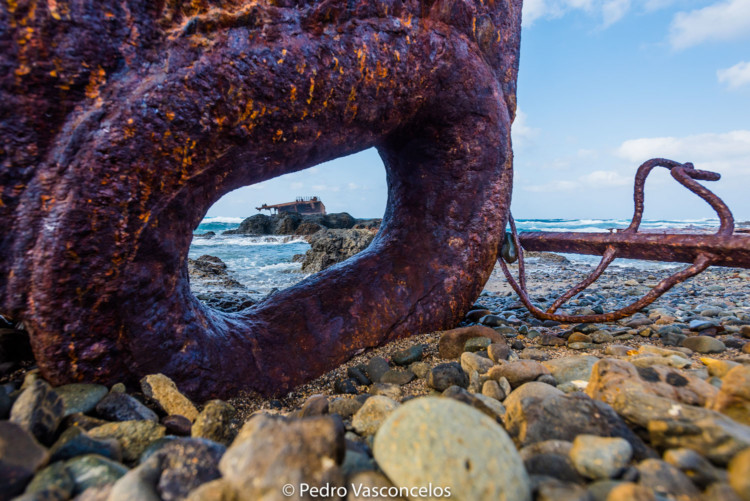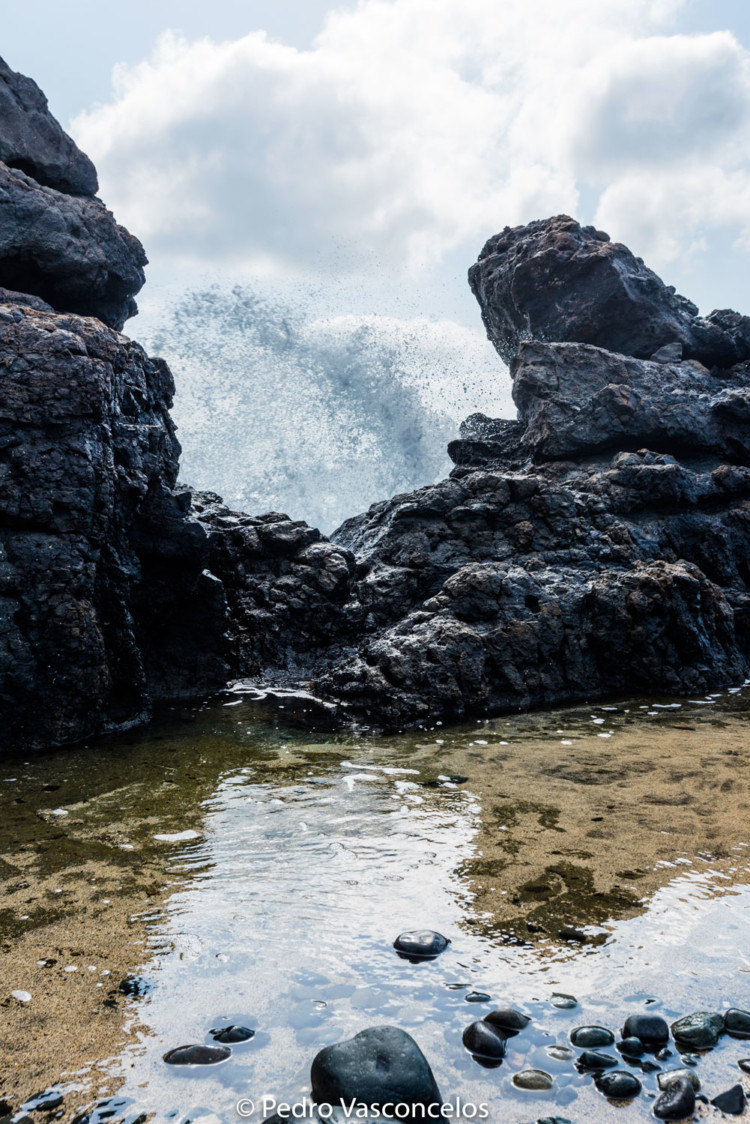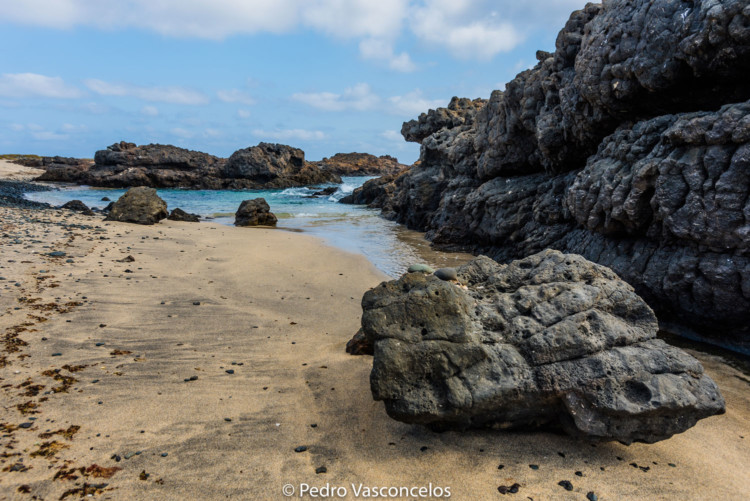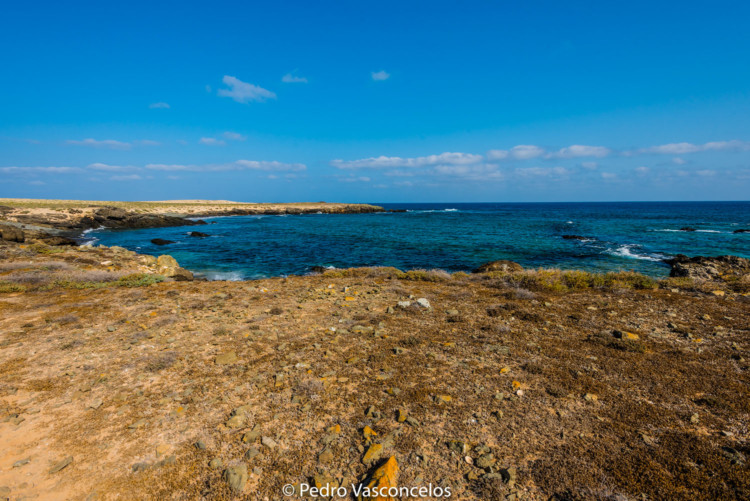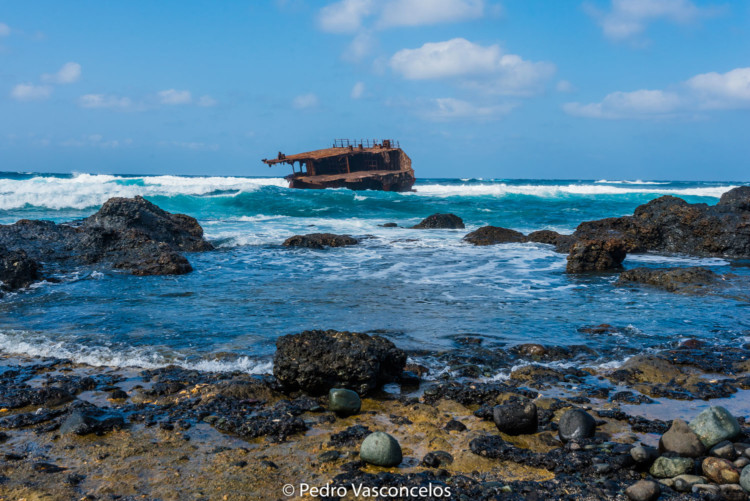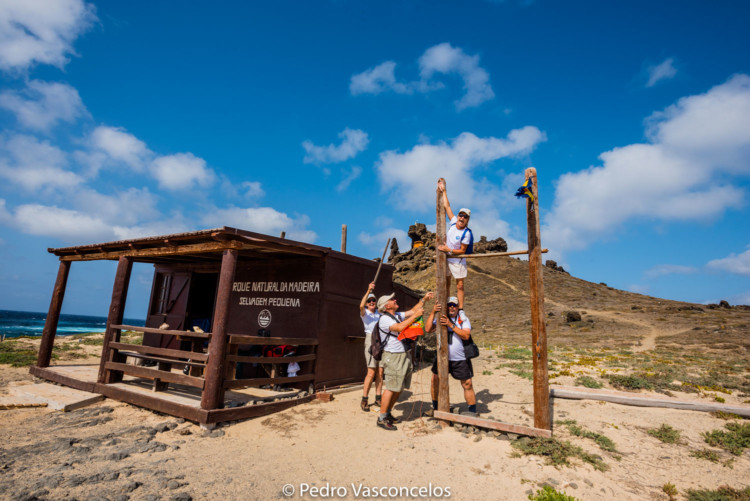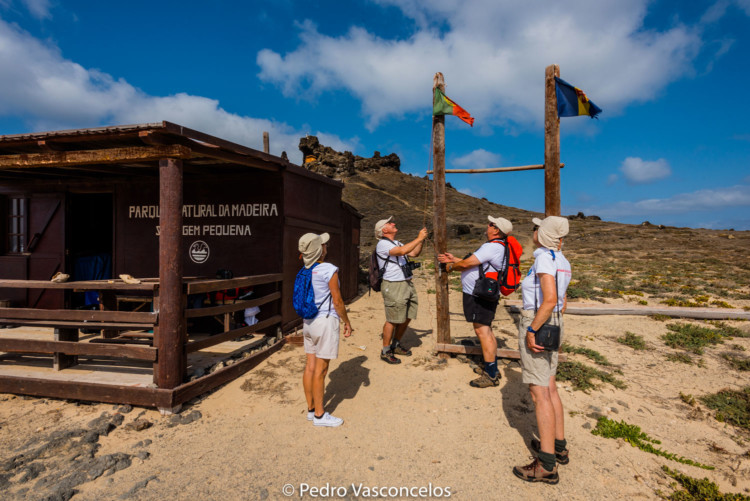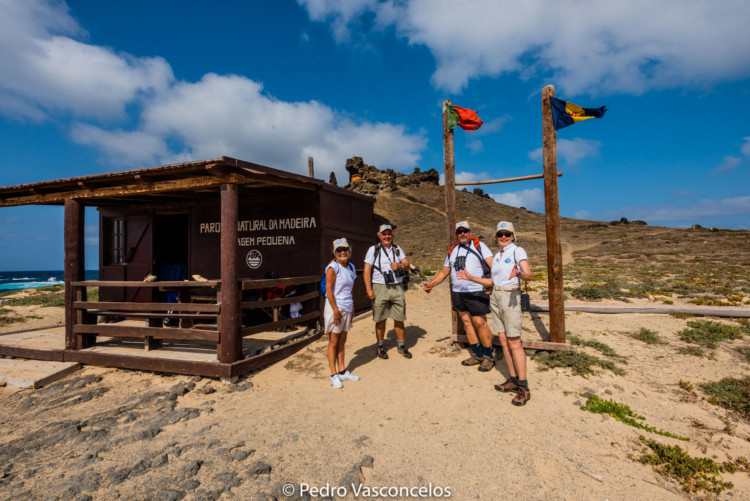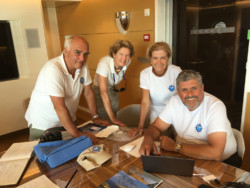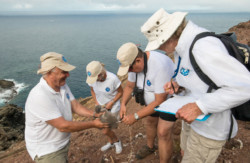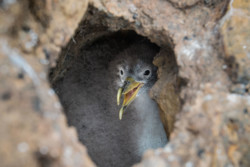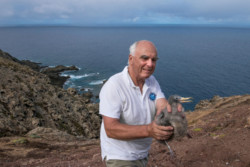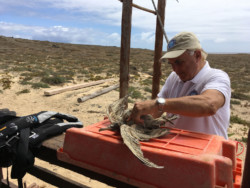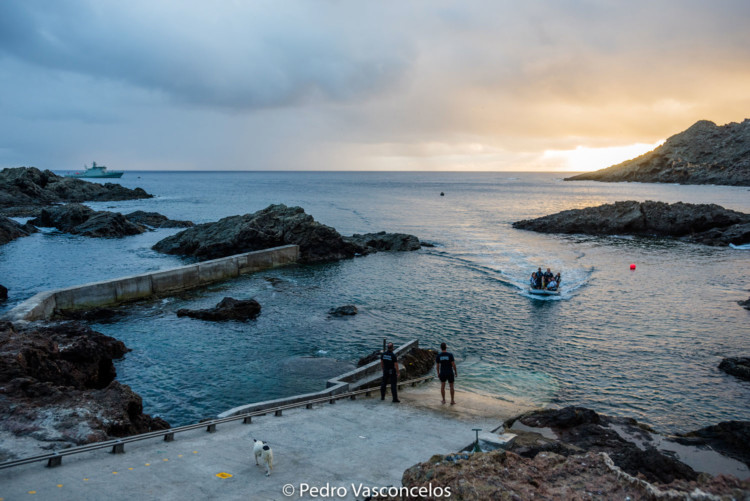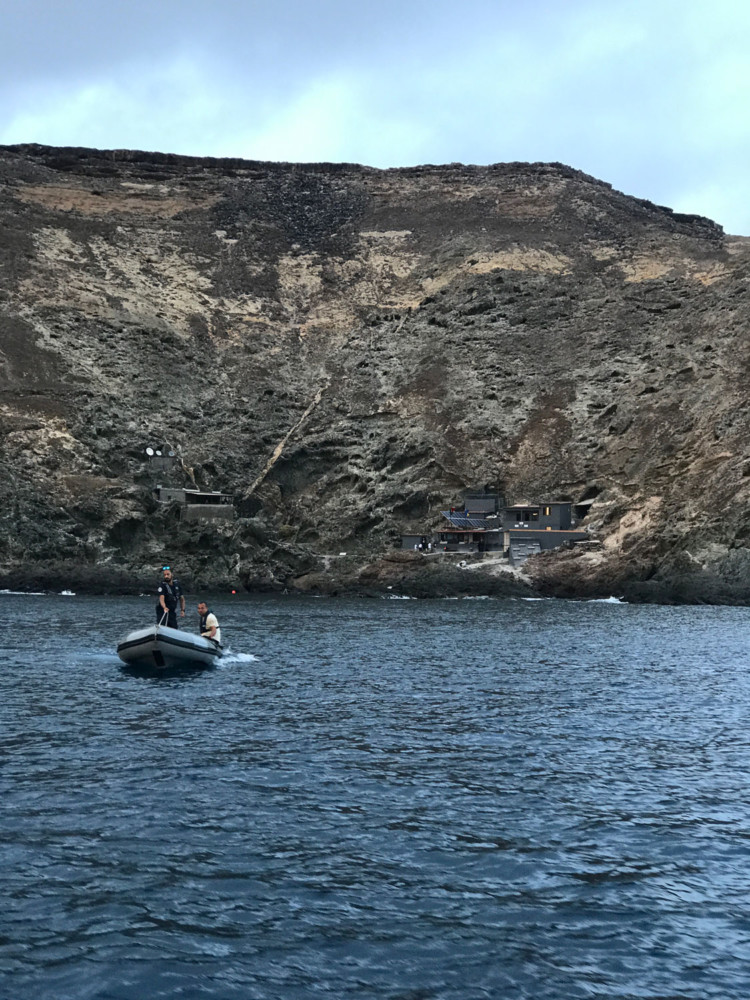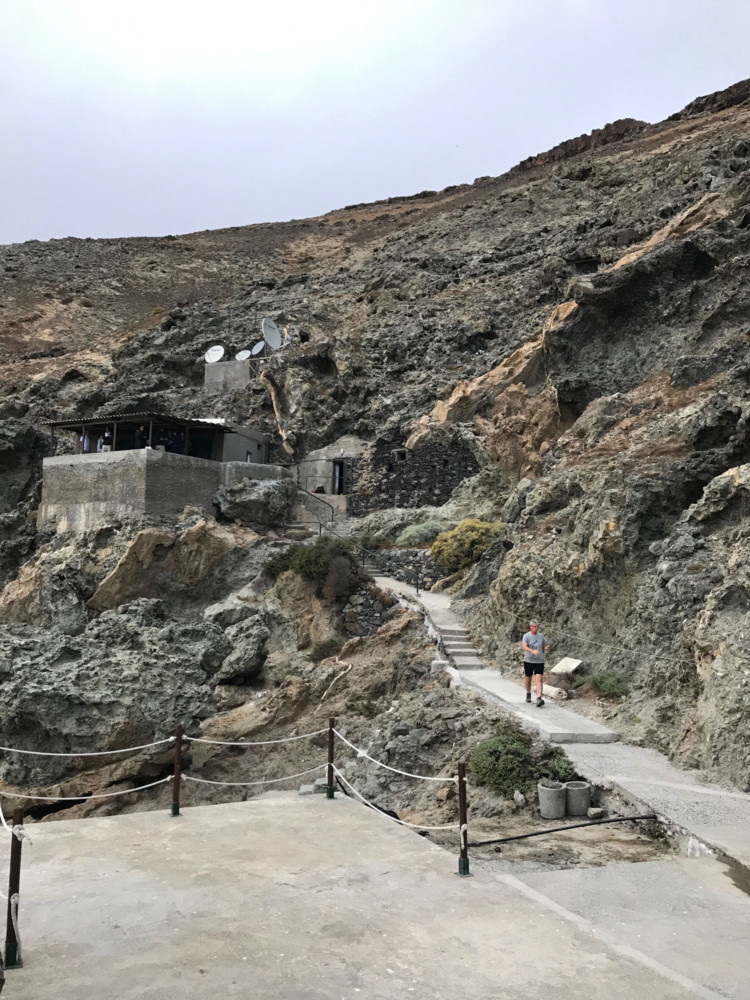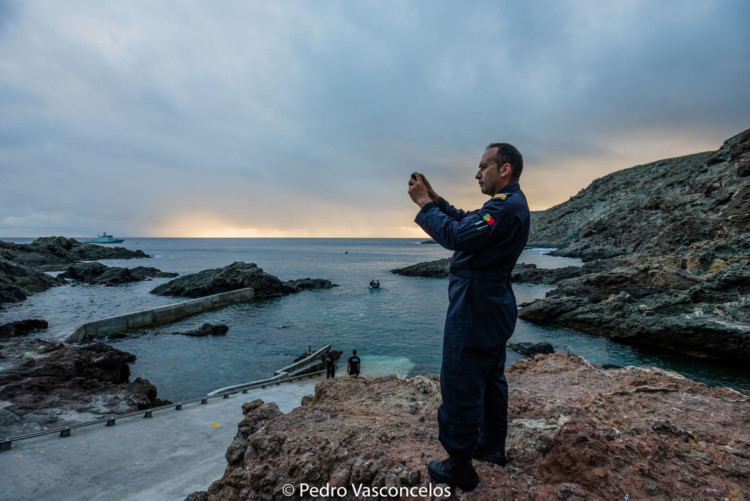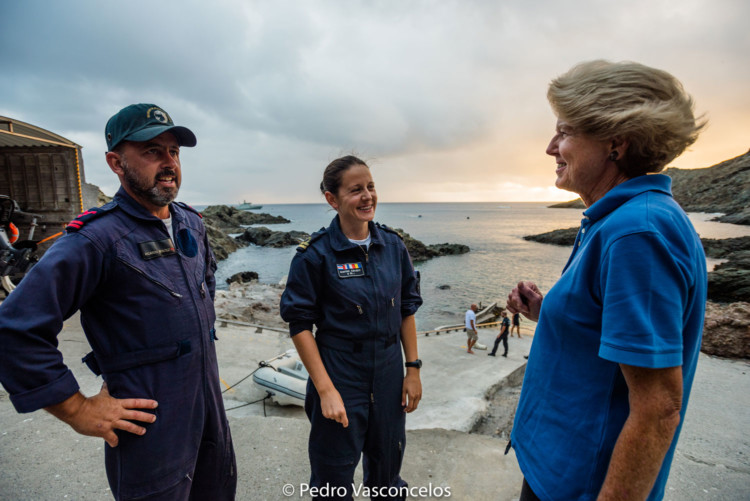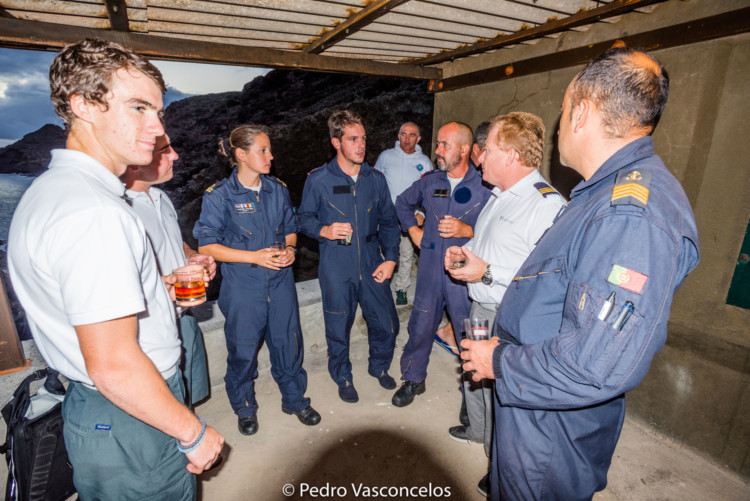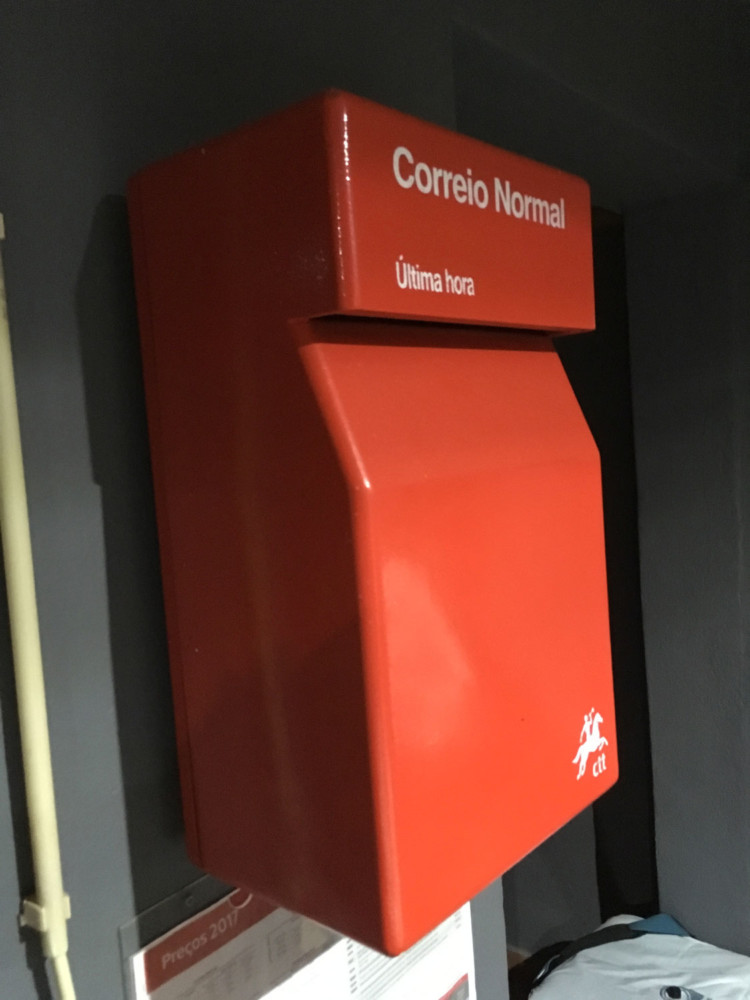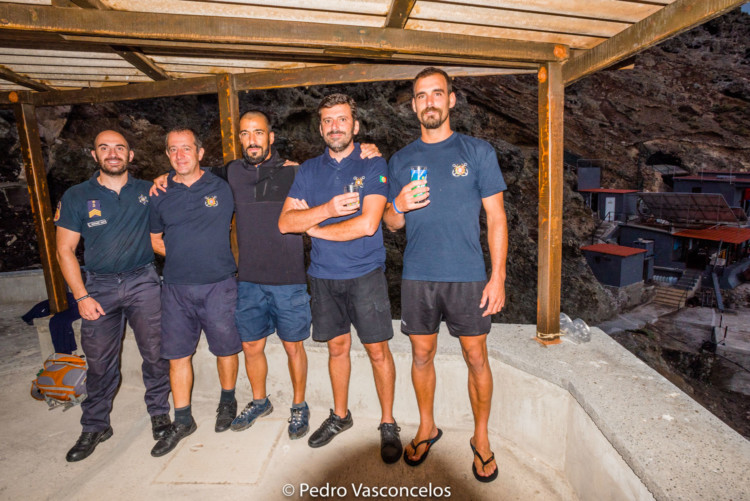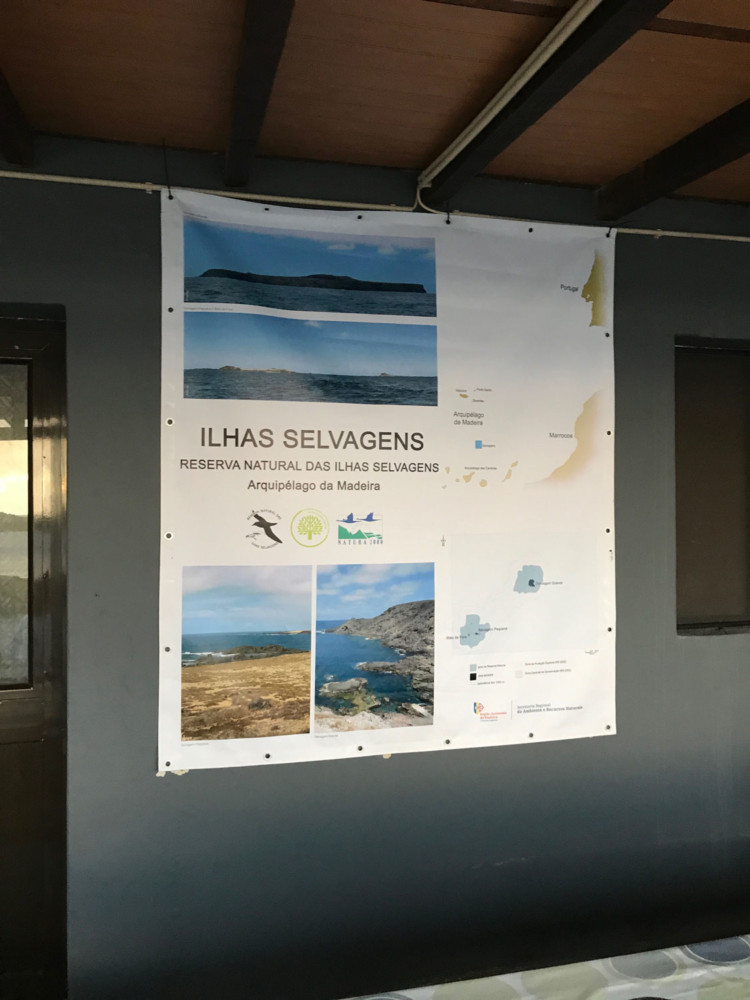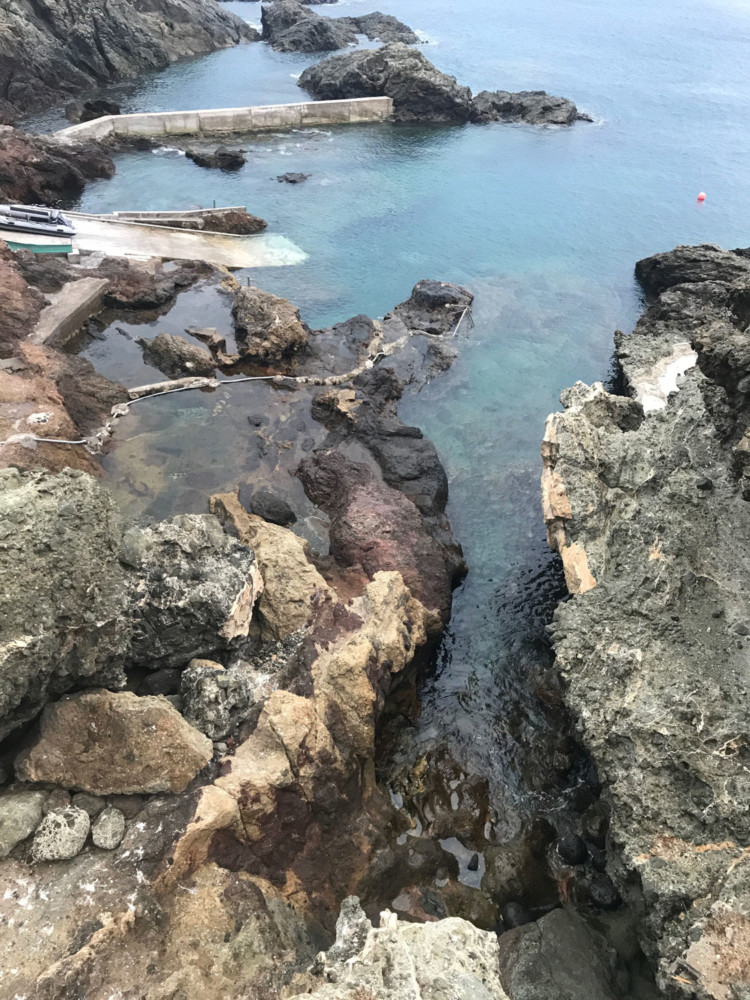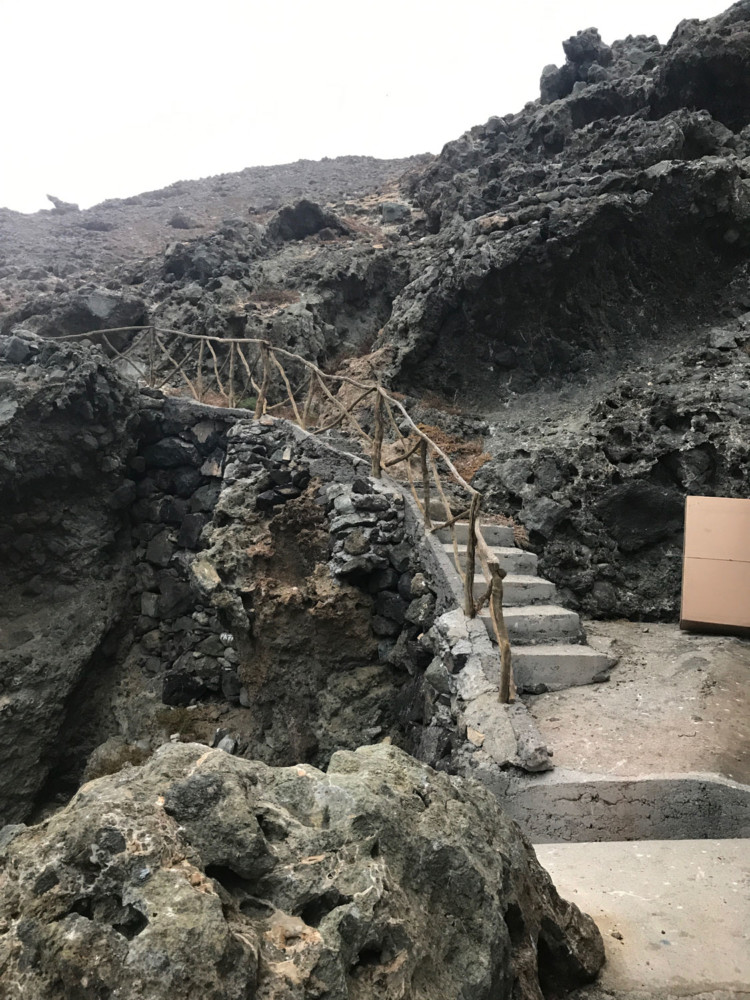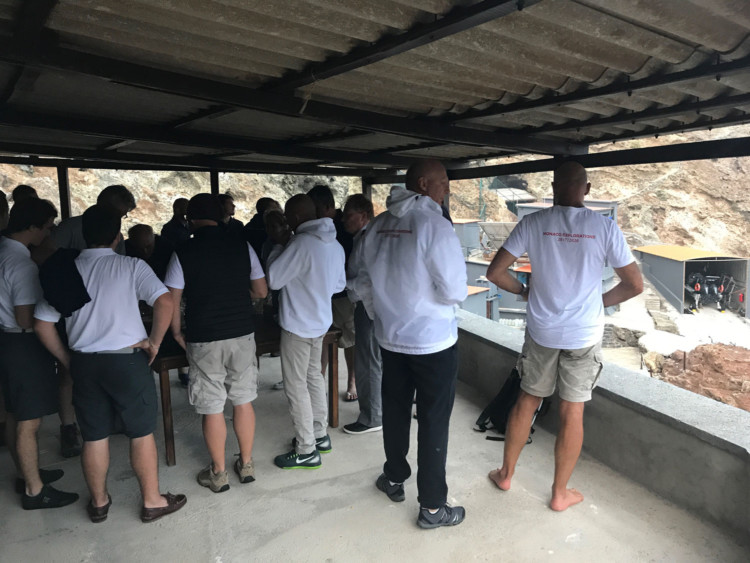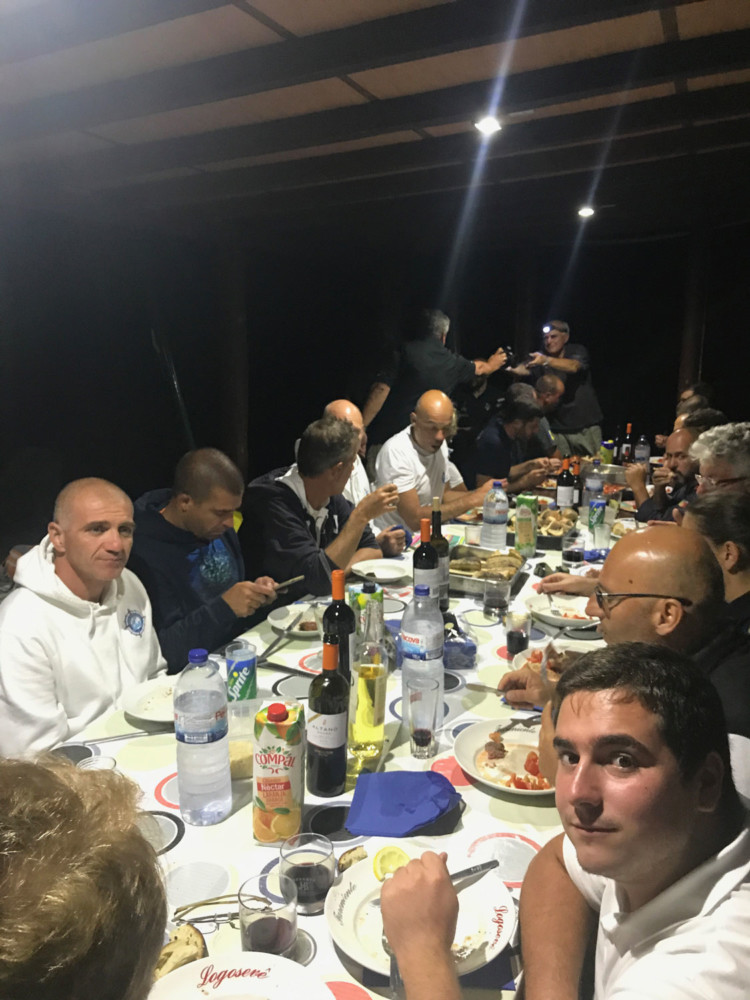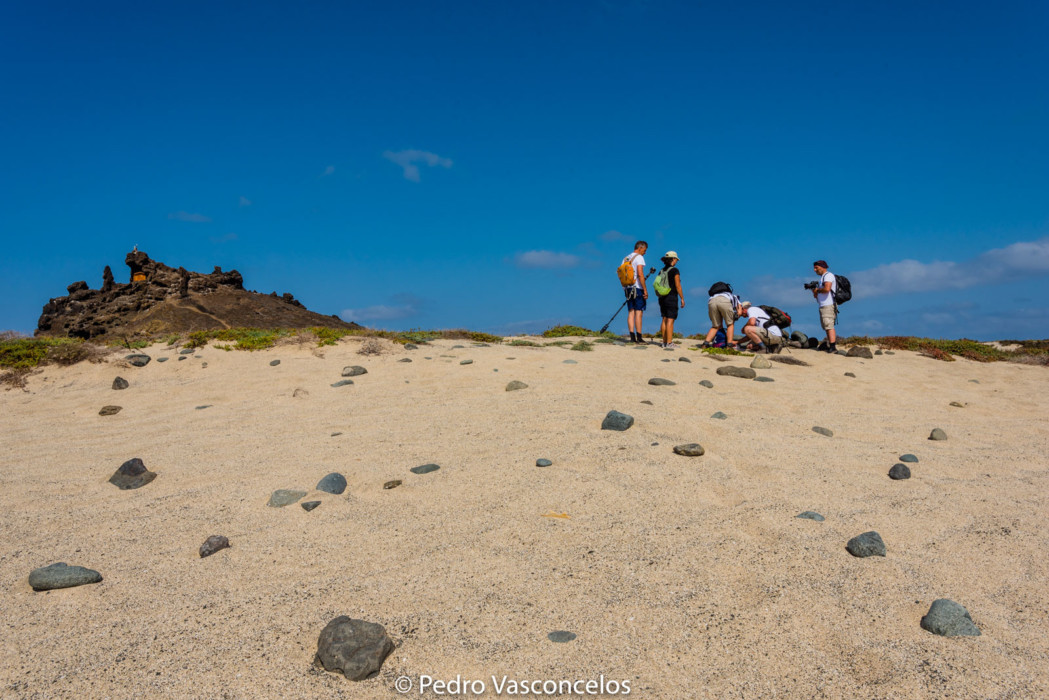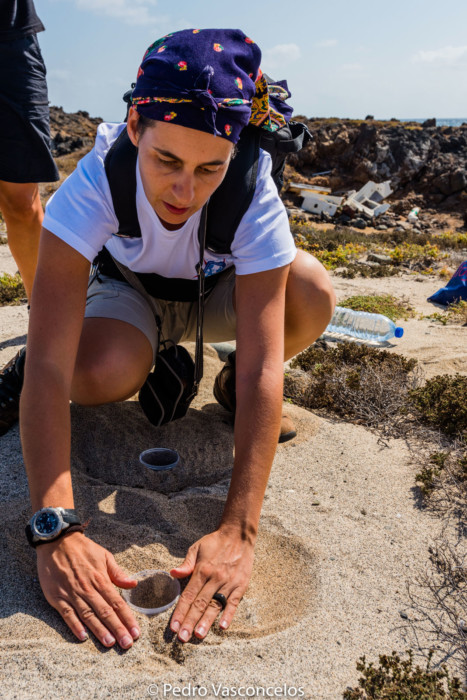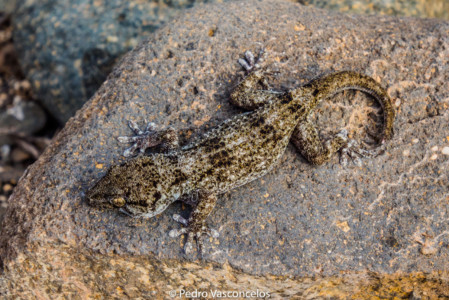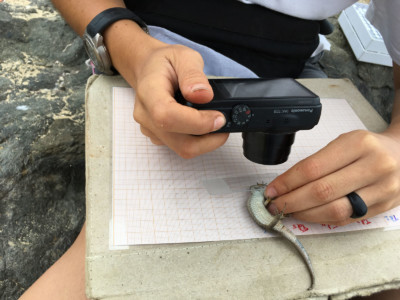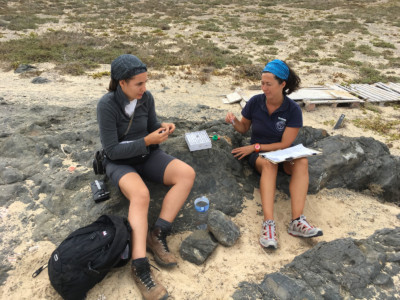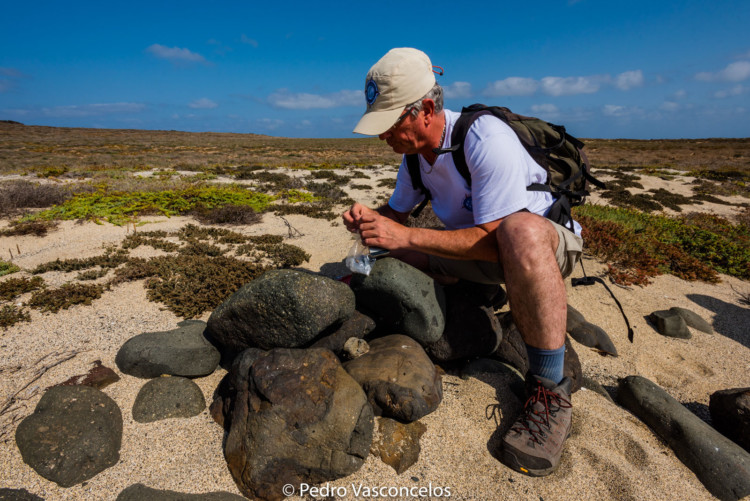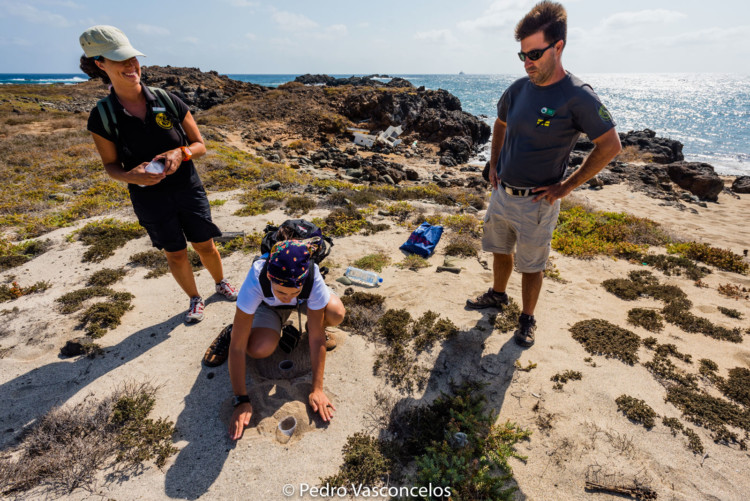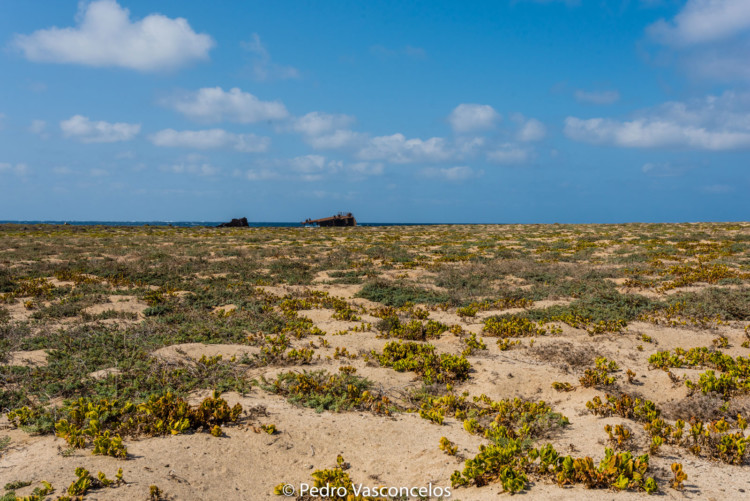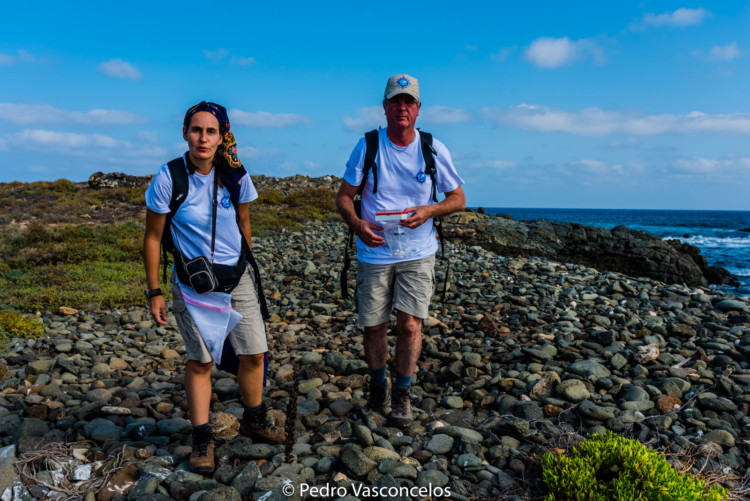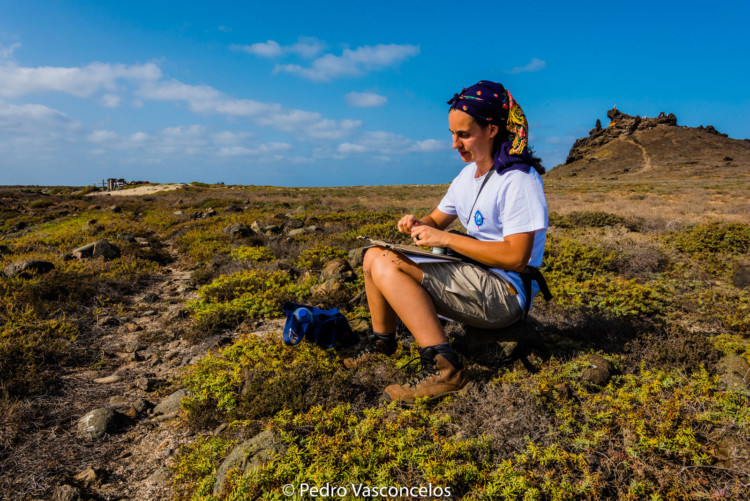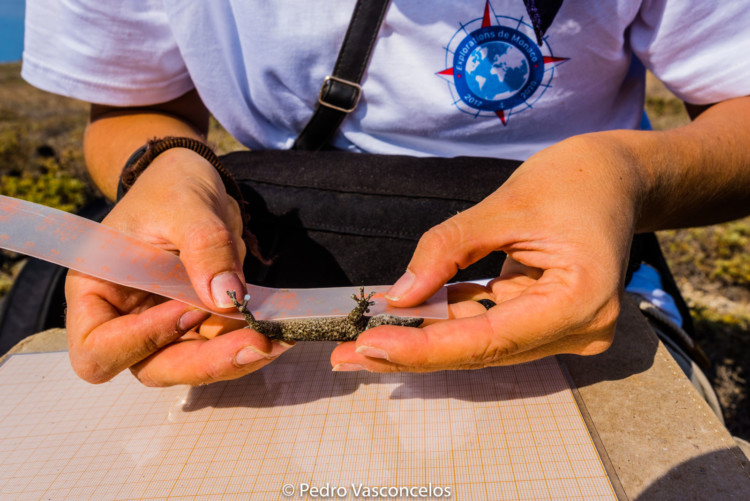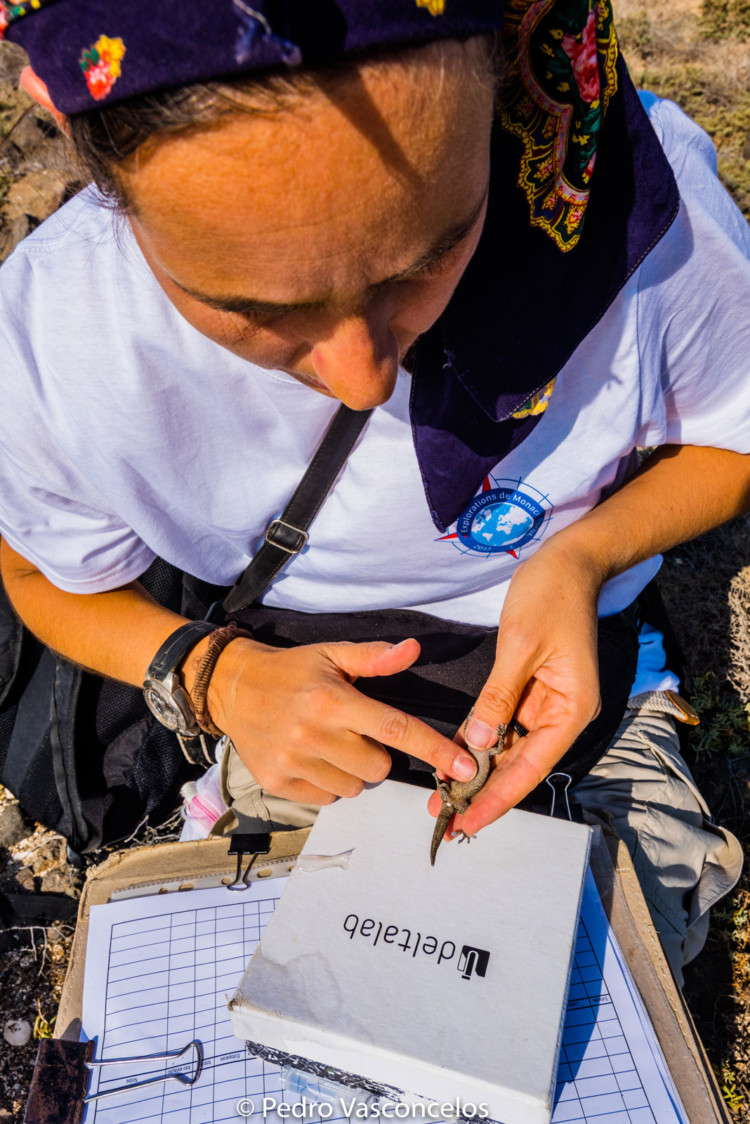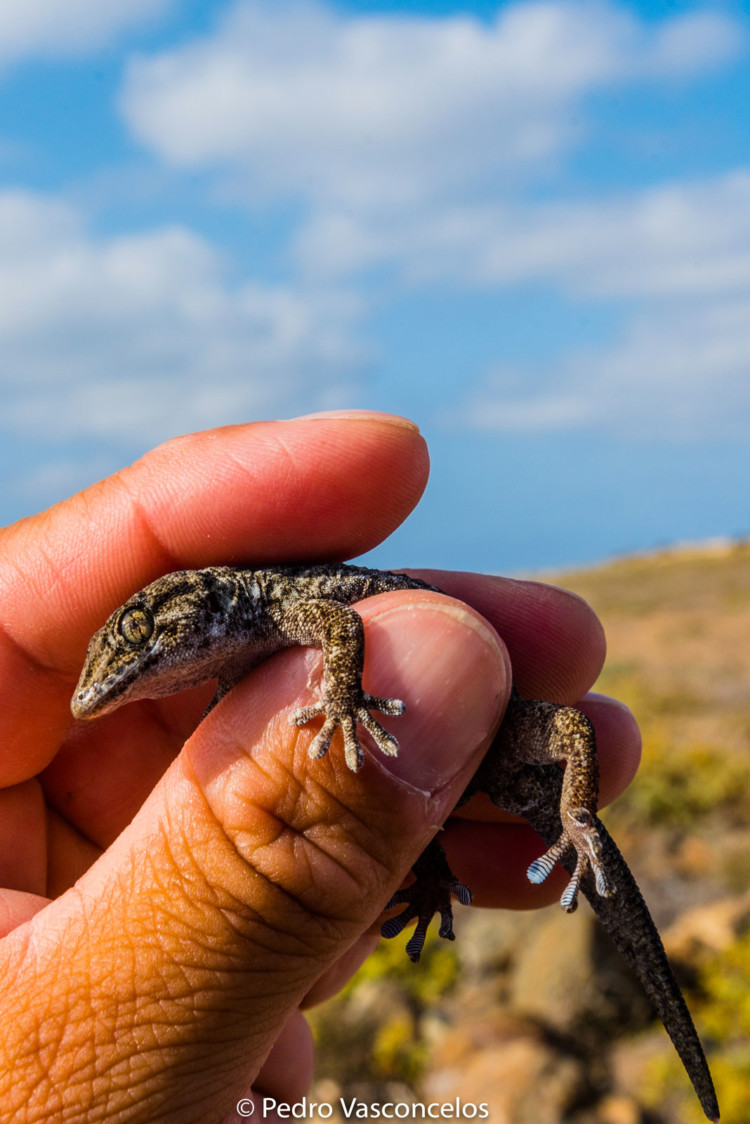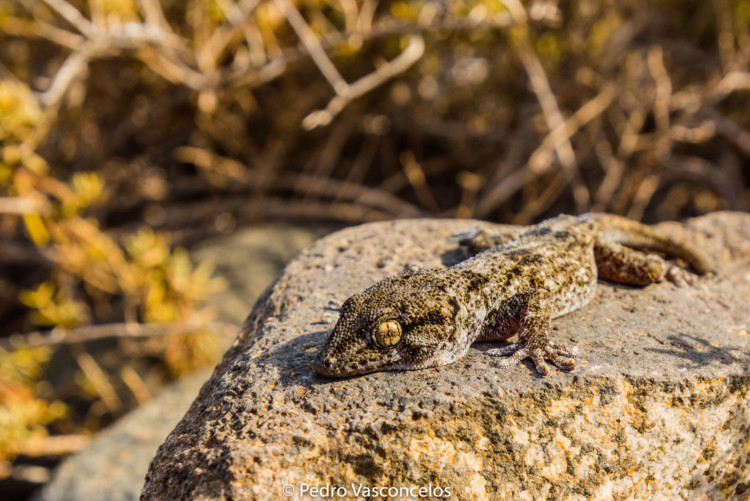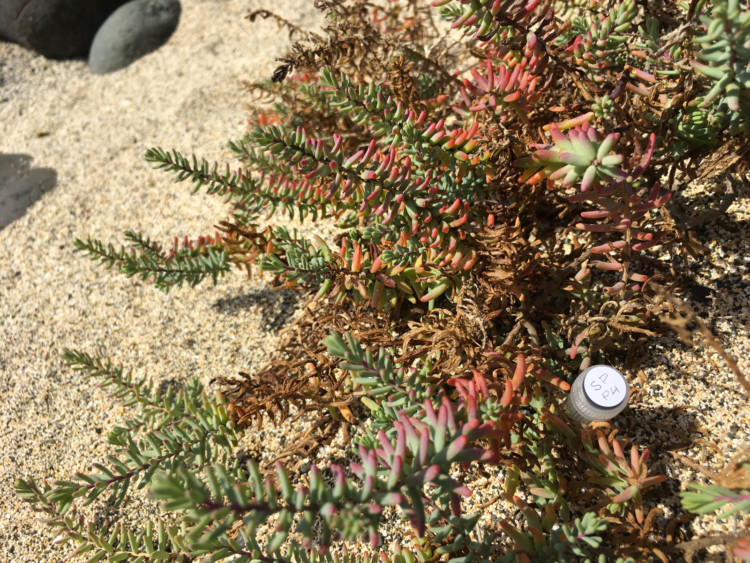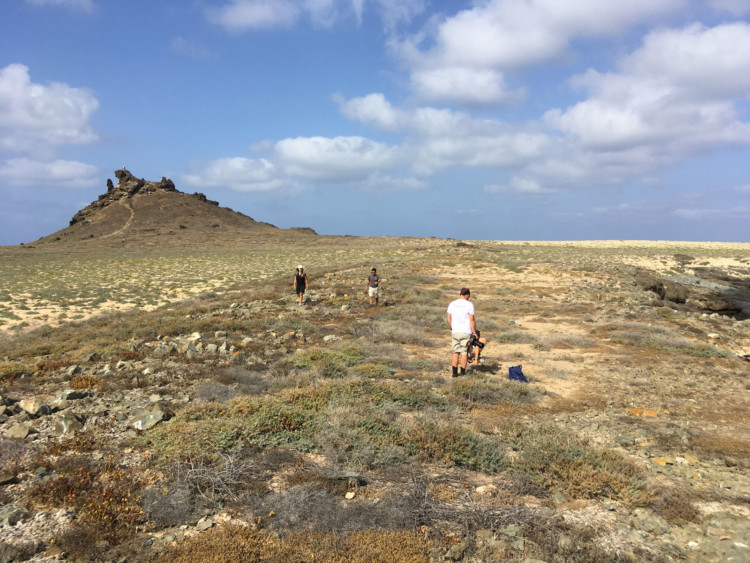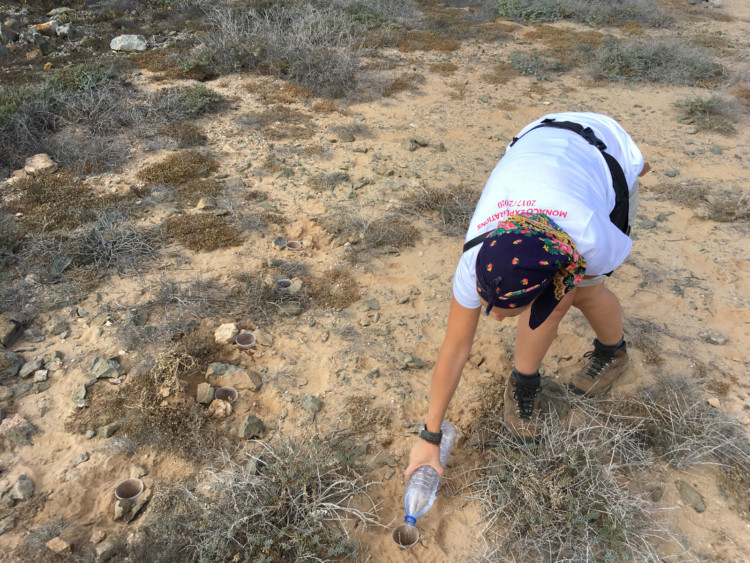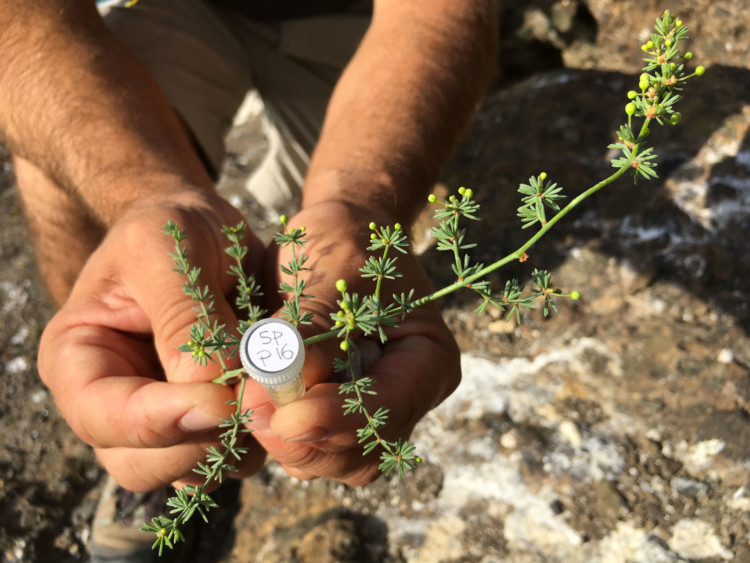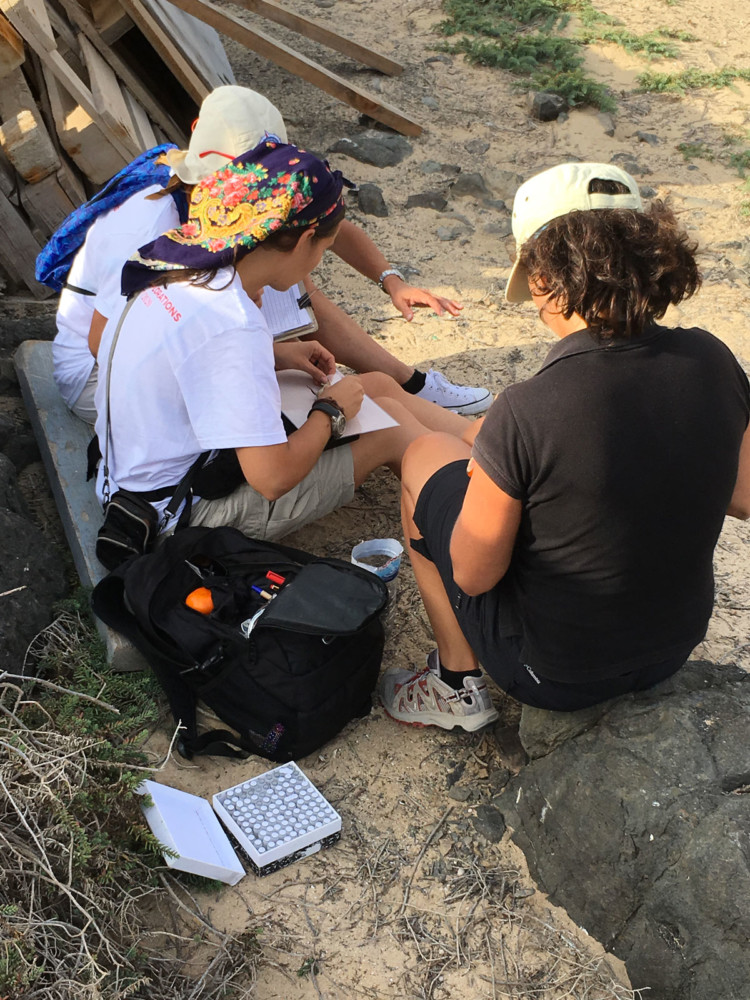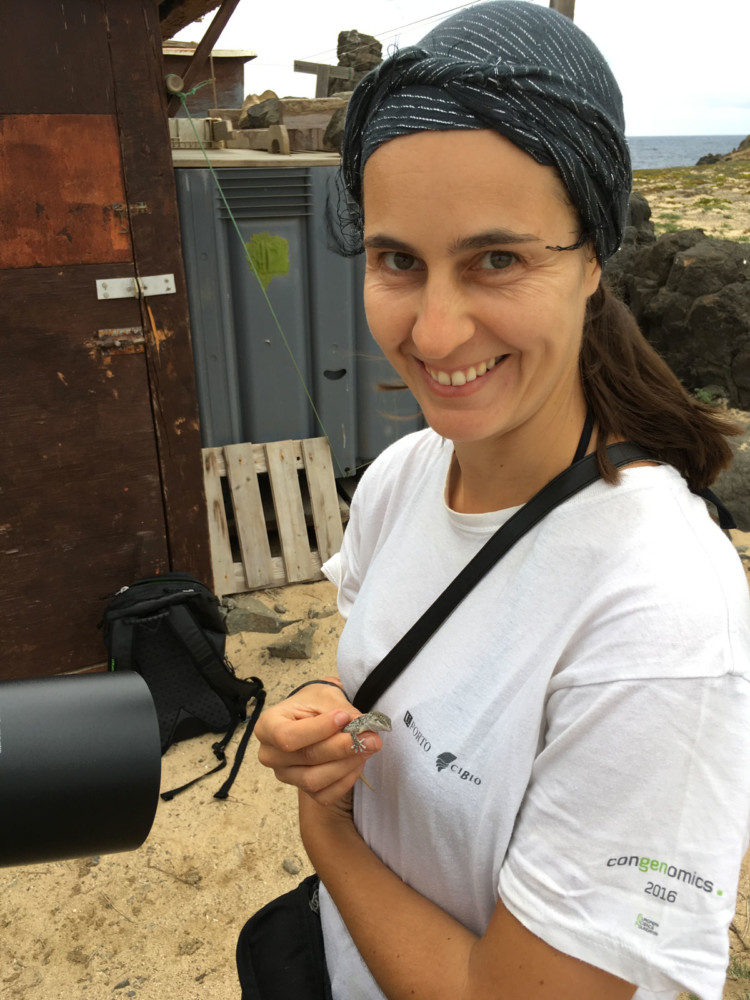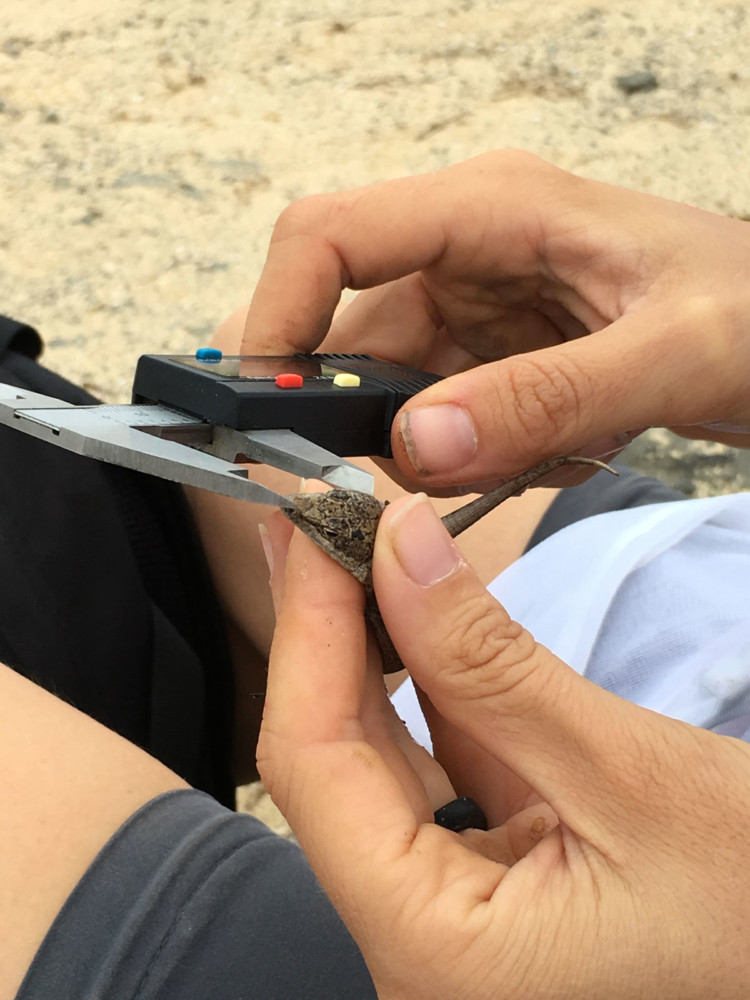We have left the Selvagem Islands and are headed to Mindelo, Cabo Verde. It will take us about 3 days at sea. It’s a good time to share photos and stories that haven’t made it into other posts.
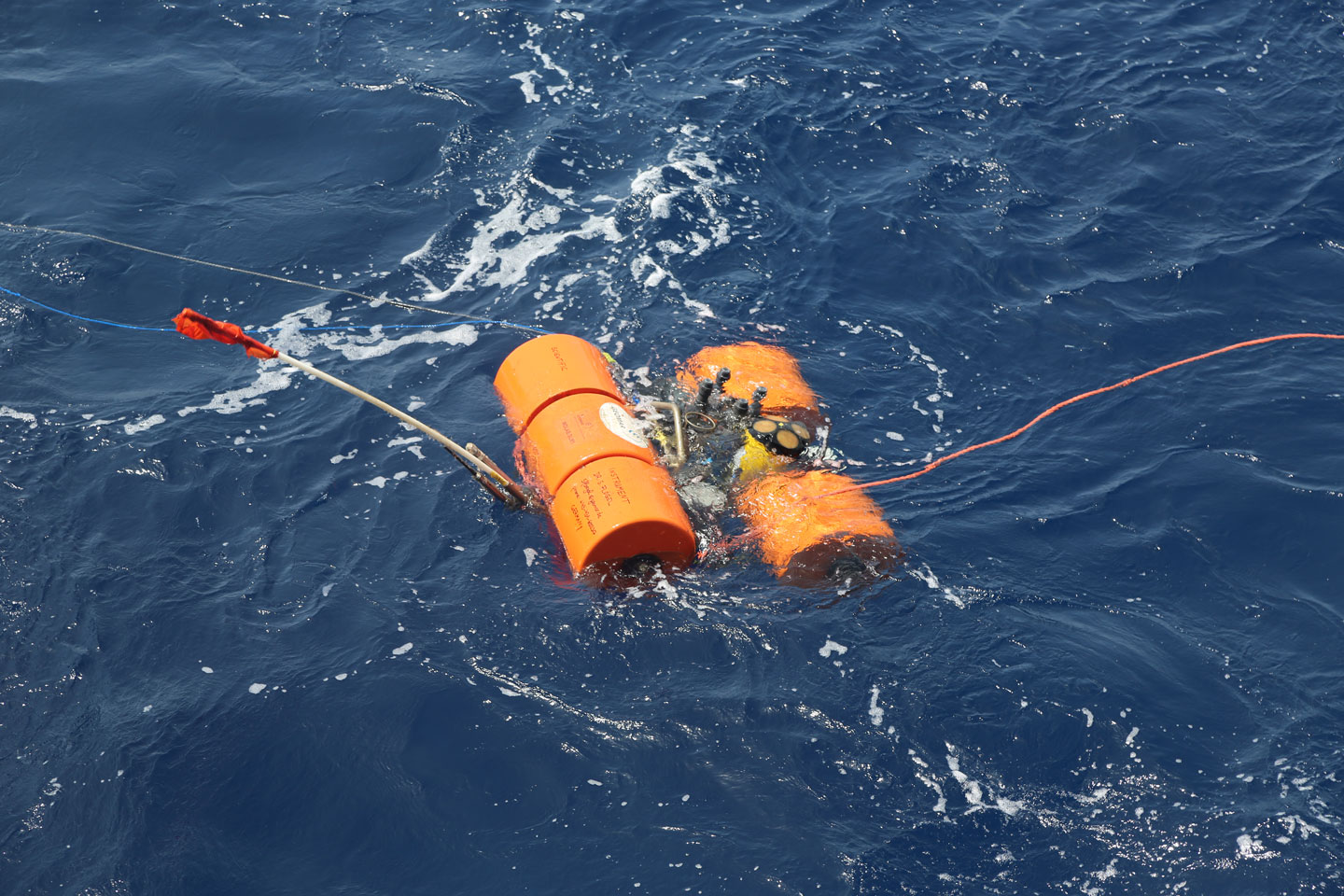
Madeira Marine Scouts
The last thing we did before leaving Madeira for the next mission was to host a group of marine scouts. One of the main goals of Monaco Explorations is to educate the public, particularly youth, about the work done on the Yersin over these three years, and the threats facing the seas. The marine scouts spoke Portuguese and one of the girls in the troop translated to English. Captain Jean Dumarais led a tour while Rosa Pires gave a presentation about the Mediterranean Monk Seal, as this is a major local issue for the scouts.
Fire and Abandon Ship Drills
As a safety precaution, we consistently exercise safety drills on the Yersin. The crew leads us through the drills and then we all meet in the bridge to discuss a potential real life situation.
Extras Album
We have a few professional photographers onboard, which means we have so many lovely photos. They do not all make it into the stories of the work going on, here are a few of the extras of life on this mission:
We also have Frank Zino and his wife Buffy, who we met in Madeira, on board with us traveling to the Selvagems. Frank and Buffy have invited us to their home on Selvagem Grande and will teach us a bit more about the endemic seabirds there.
The first day we were taken to Selvagem Pequena Island by the park rangers who are stationed in these islands. The tenders we have on the Yersin are not able to go to the island shore because of their size and hard-bottom, so the rangers helped us be able to get to shore and back. While Raquel and a few others worked on collecting samples from lizards and geckos, the rest of us discovered the tiny, uninhabited island.
When we arrived on the island, the park rangers had us put the flags up, signaling that we were present on the island. Frank and Buffy Zino, and Manuel Biscoito and Conceiçao Ornelas.
On our second day in the Selvagems, we returned to Selvagem Grande Island where we spent the afternoon learning about the endemic birds with the Zino’s and Biscoito’s.
In the evening we were invited for dinner on shore with the Zino’s and their neighbors, the park rangers.
We left the island of Madeira for the last time and traveled south to the Selvagem Islands where we will focus on lizards, geckos, and seabirds before continuing south to Cabo Verde.
Raquel Vasconcelos (above, right) is in the 6th year of her post doc at CIBIO-InBIO , the Research Center of Biodiversity and Genetic Resources which belongs to the University of Porto, and IBE (CSIC-UPF), Institute of Evolutionary Biology.
While earning her PhD, Raquel reviewed the taxonomy and systematics of the 3 genera that exist in Cabo Verde, one of which is the group of the Chioninia – the endemic skinks of Cabo Verde. Raquel is on board with us so that she can collect samples from the lizards and geckos in the Selvagem Islands as well as in Cabo Verde.
The Selvagem Islands are a difficult place to sample for researchers because they are difficult to travel to. Monaco Explorations has provided a unique opportunity for Raquel to collect samples here.
Raquel collected dozens of samples from the Teira dugesii (lizard) and Tarentola bischoffi (gecko).
In order to obtain samples from the lizards, Raquel set pitfalls with fruit. She explained that the geckos are really lazy and to collect them she only needs to turn over a rock and pick them up!
Raquel extracts and collects fecal pellets (poop) and removes little 1mm of the tip of the tail. Taking tail tips is not painful for the reptiles, they grow back, and it allows Raquel to know which reptiles she has already sampled so she doesn’t sample the same one twice.
Extracting the fecal pellets is a great way to sample because it is non-invasive, and gives an idea of what the reptile has eaten with a wider range of taxa due to the way they are able to process the DNA. This process is called “blasting sequencing”. This allows research to be done much faster than in the past because they don’t rely on taxonomical expertise. For example, without sequencing if a researcher would find a tiny leg of an invertebrate, they would have to find the right taxonomist to correctly identify the species. Instead, with DNA analysis (metabarcoding) they detect the DNA sequences to know what is present. The only thing this relies on is a good database to compare the sequences against. Worldwide databases for this such as NCBI or BOLD are repositories of millions of sequences.
The outcome of this sequencing allows researchers to understand what the reptiles prey on, and the ecological relationships between the species – like plants, birds, fish, etc. It also helps in understanding of their diet.
Raquel also did a reference collection, taking leaf tips from dozens of plants so that their sequence can be put in the database if they did not already exist. It is likely that the endemic plants of the Selvagems would not be in the database because it is a difficult place to get to. For the same reason, Raquel also does a reference collection of the invertebrates.
